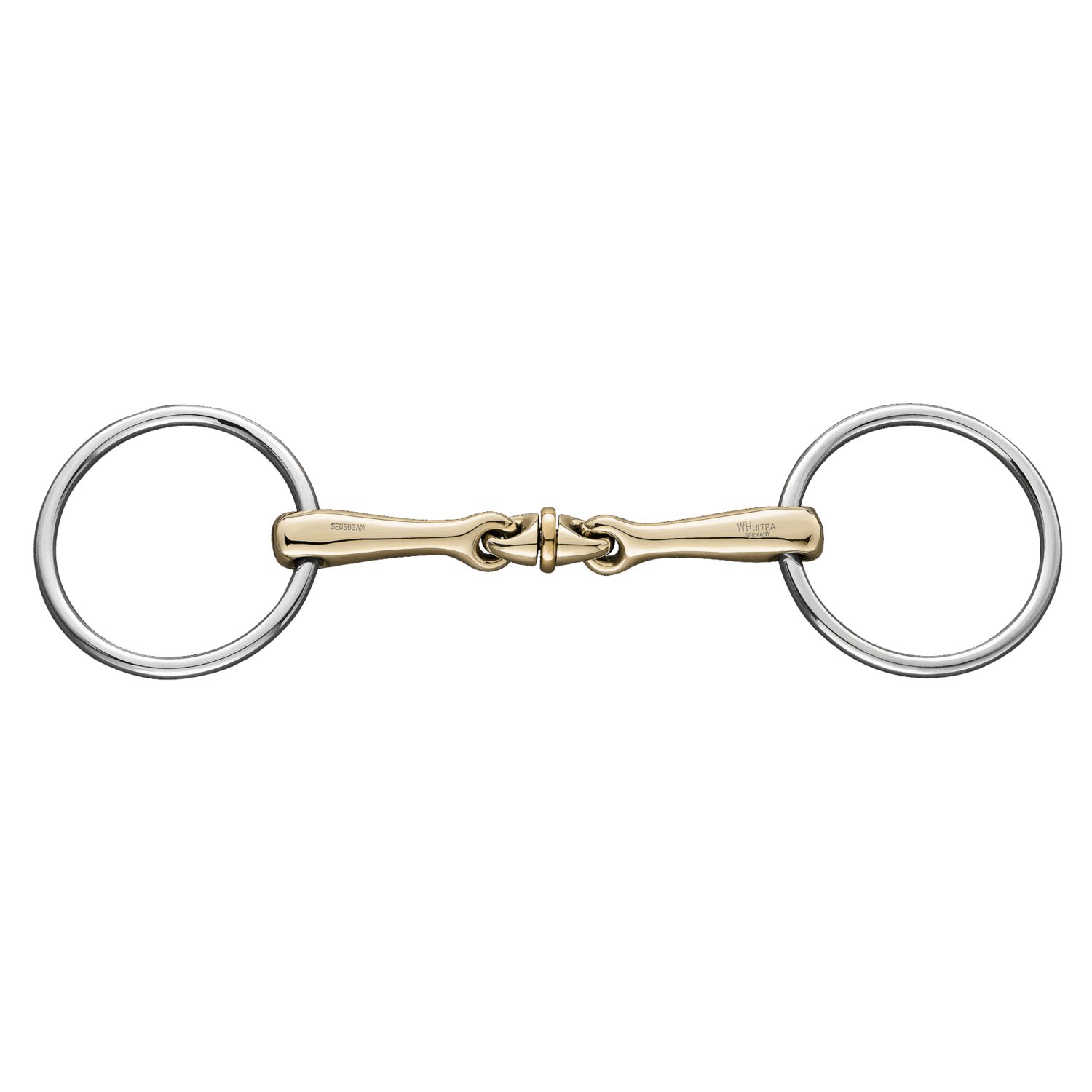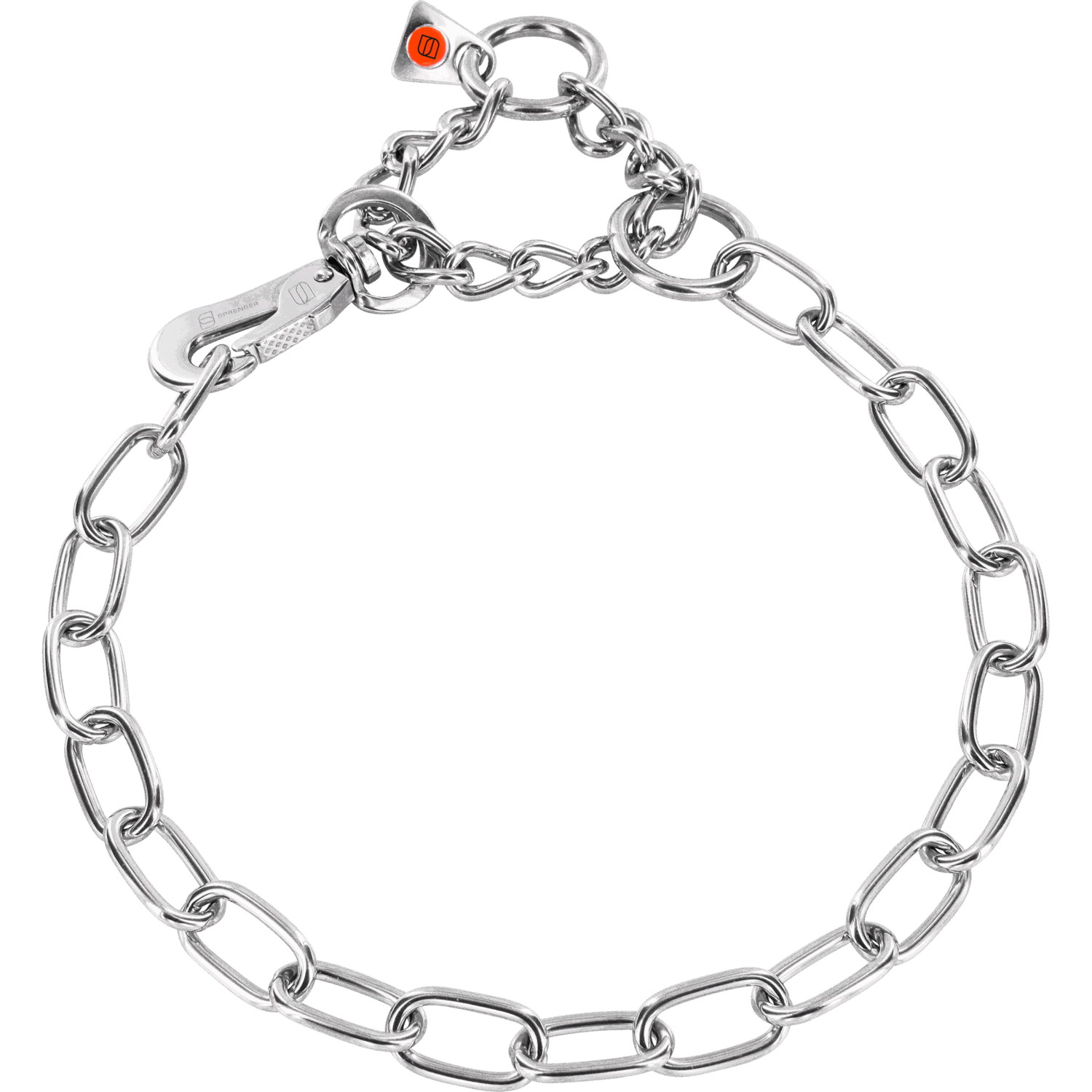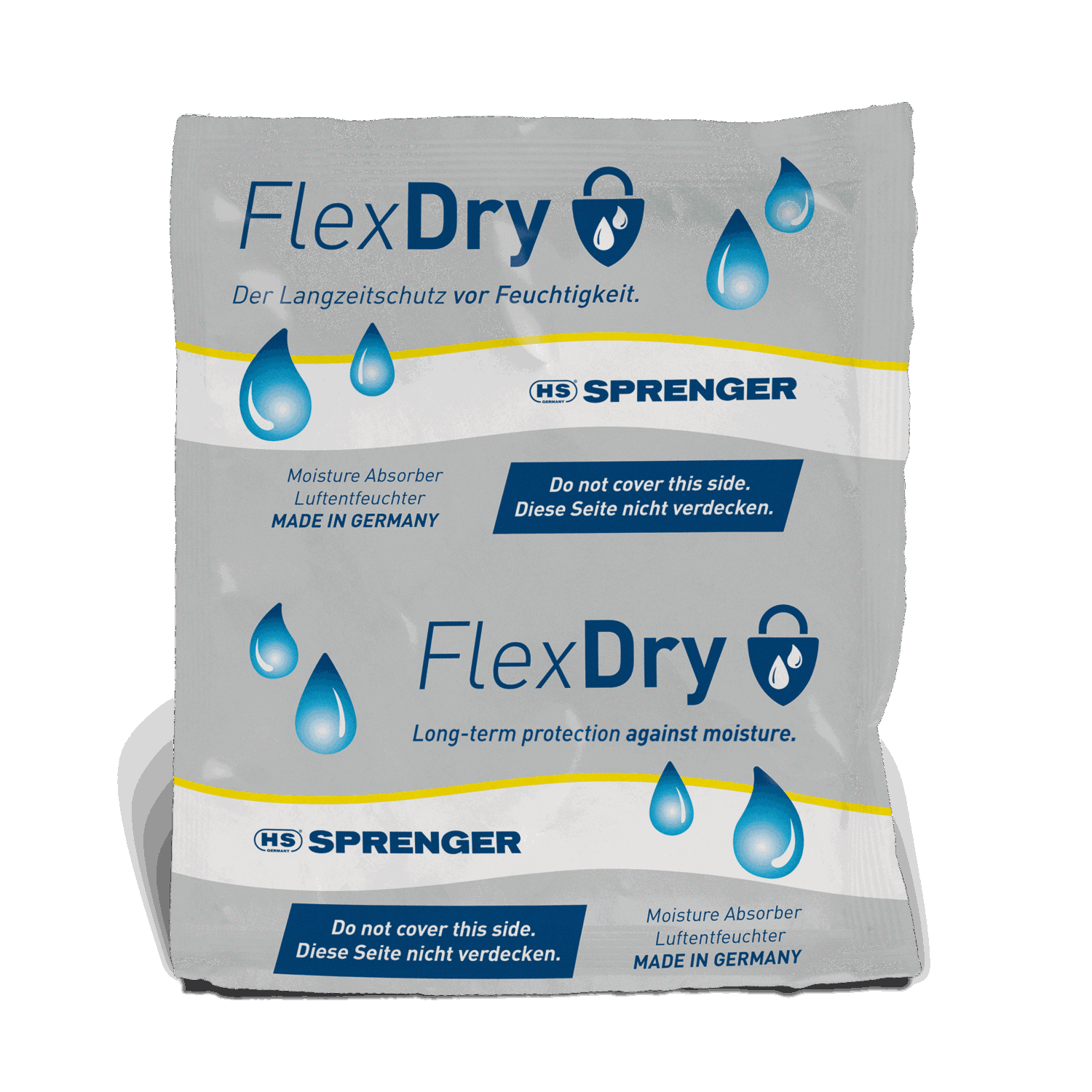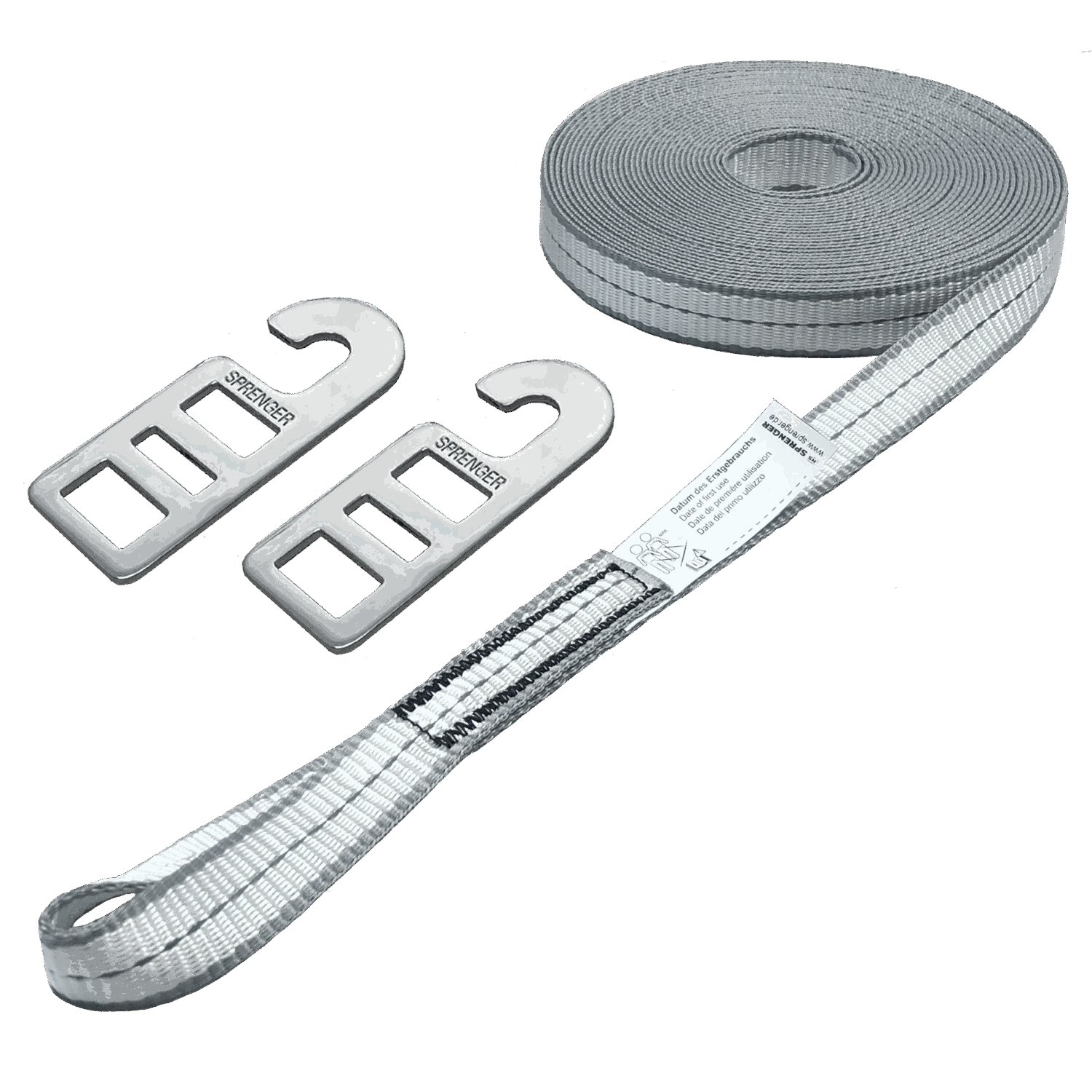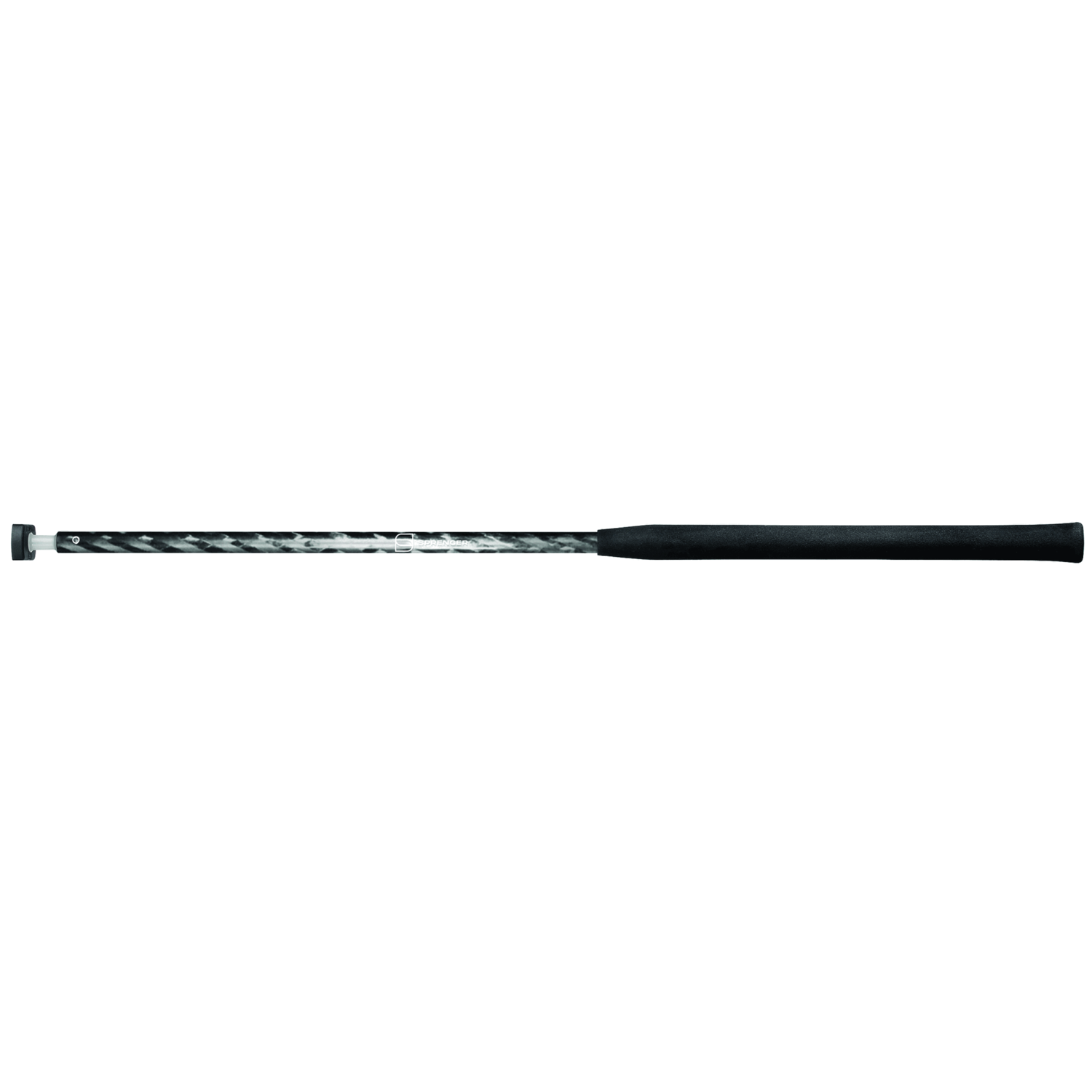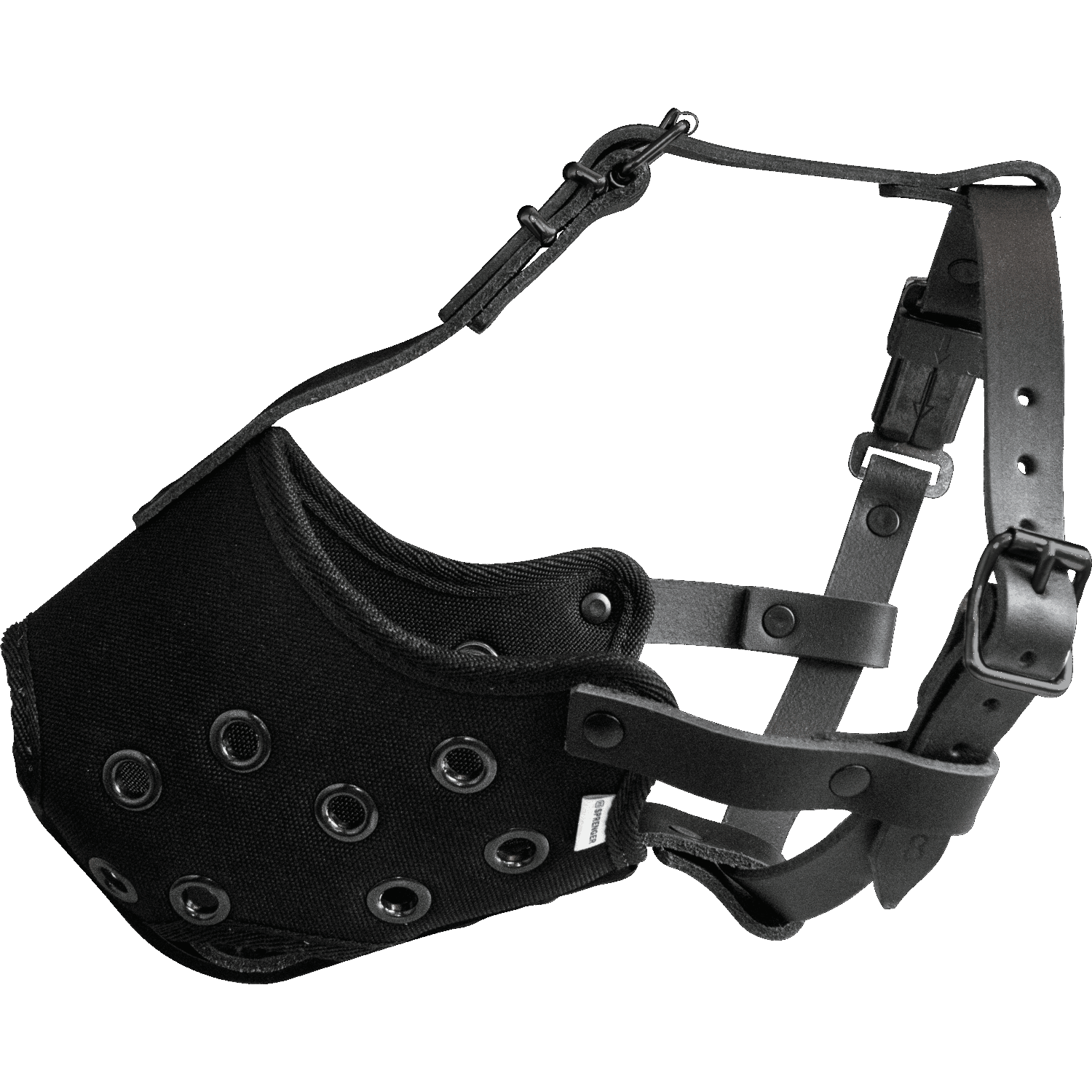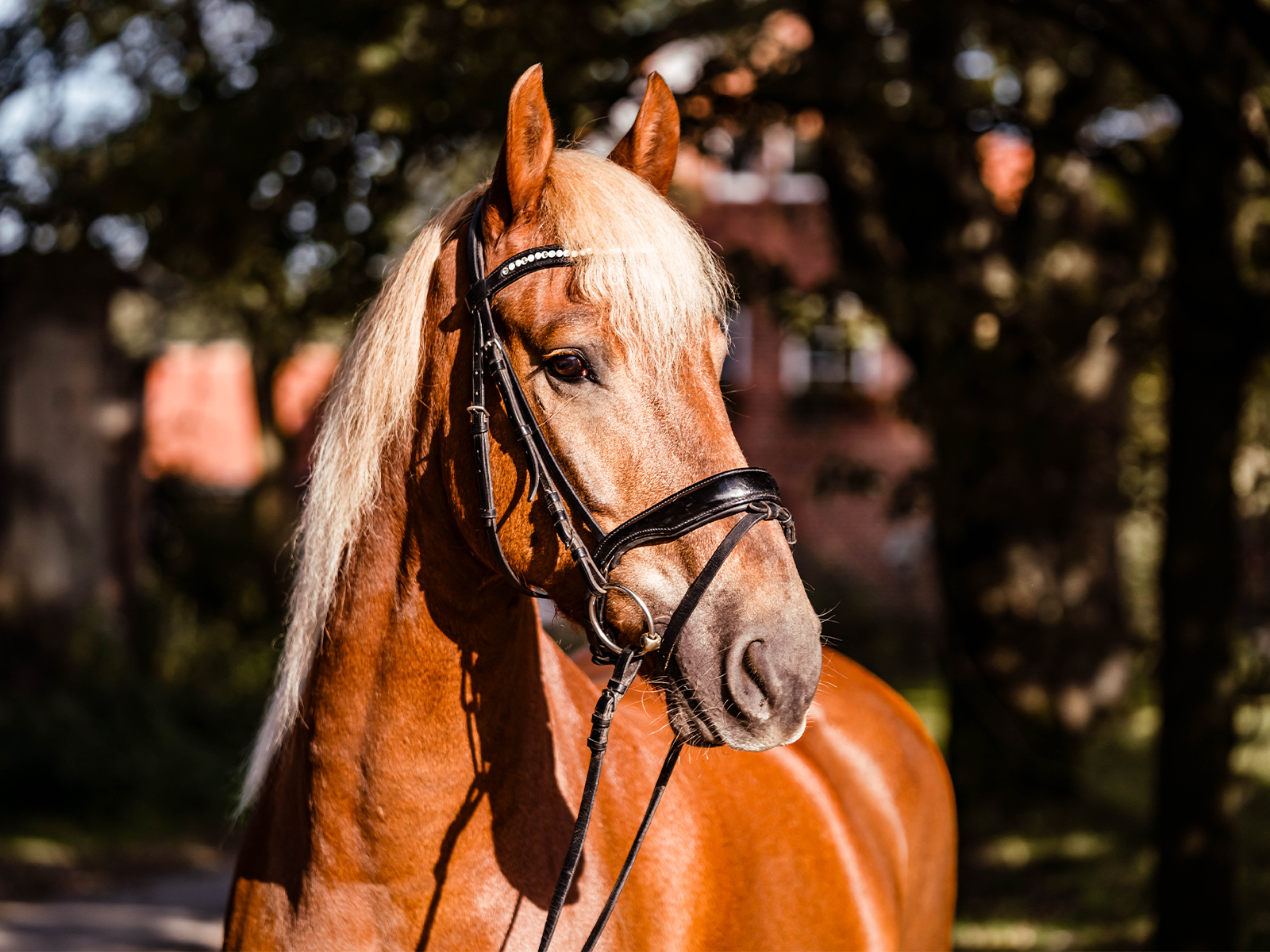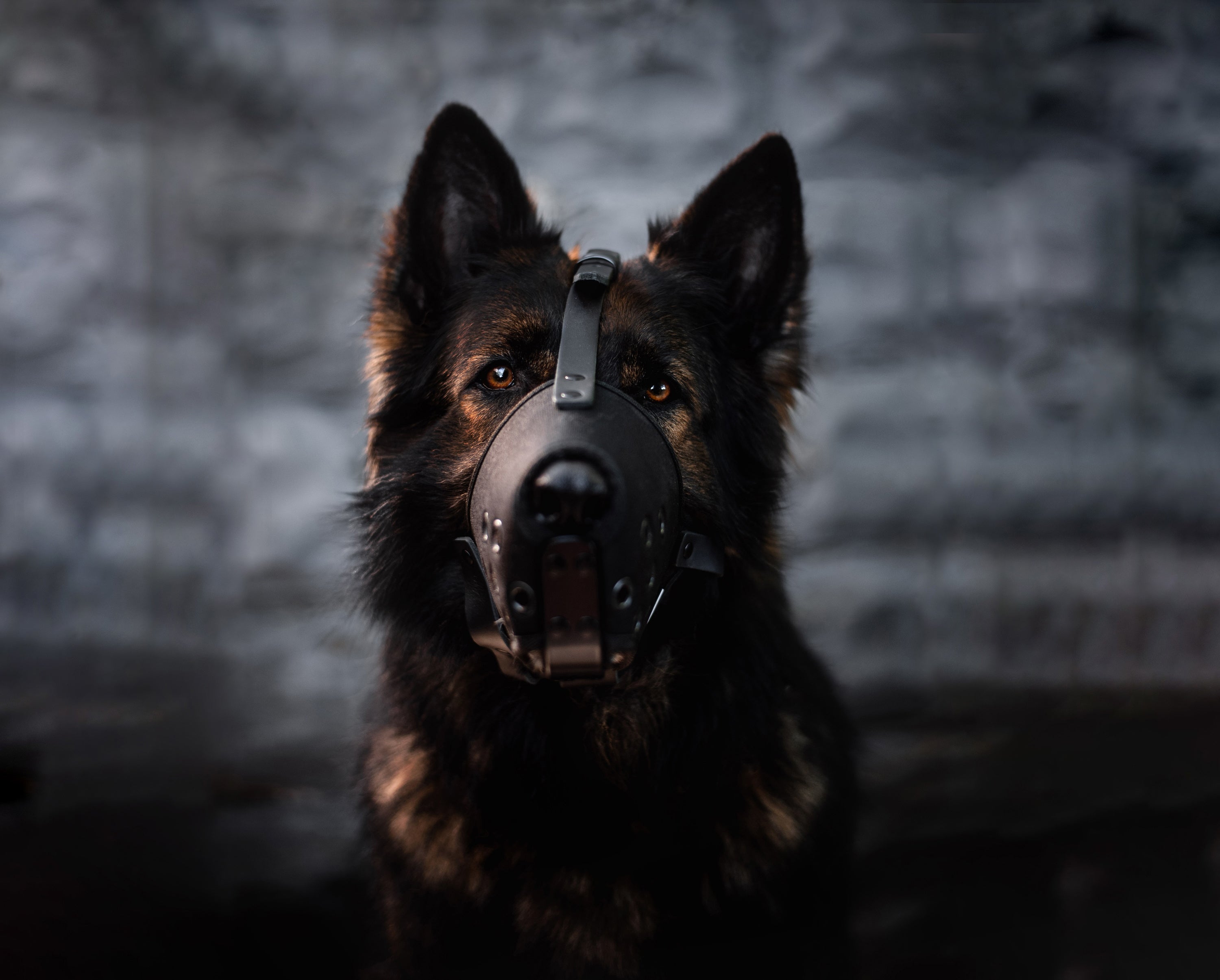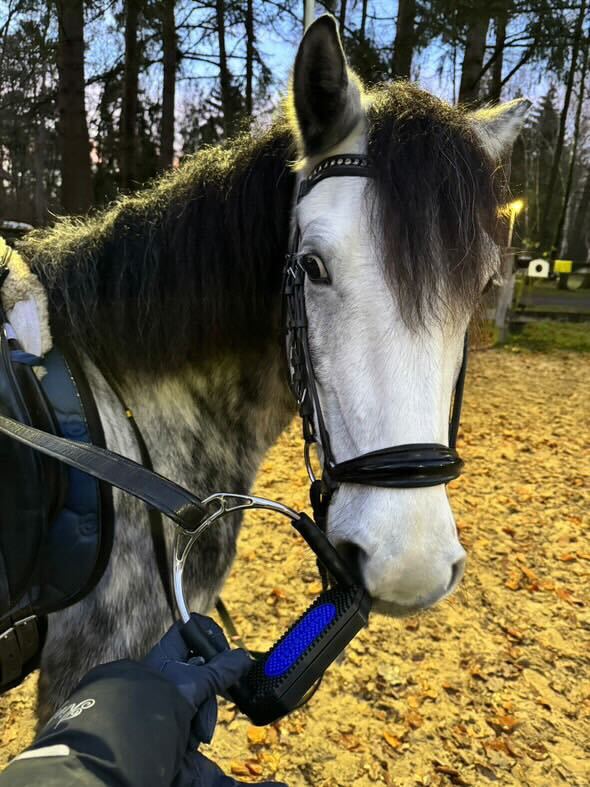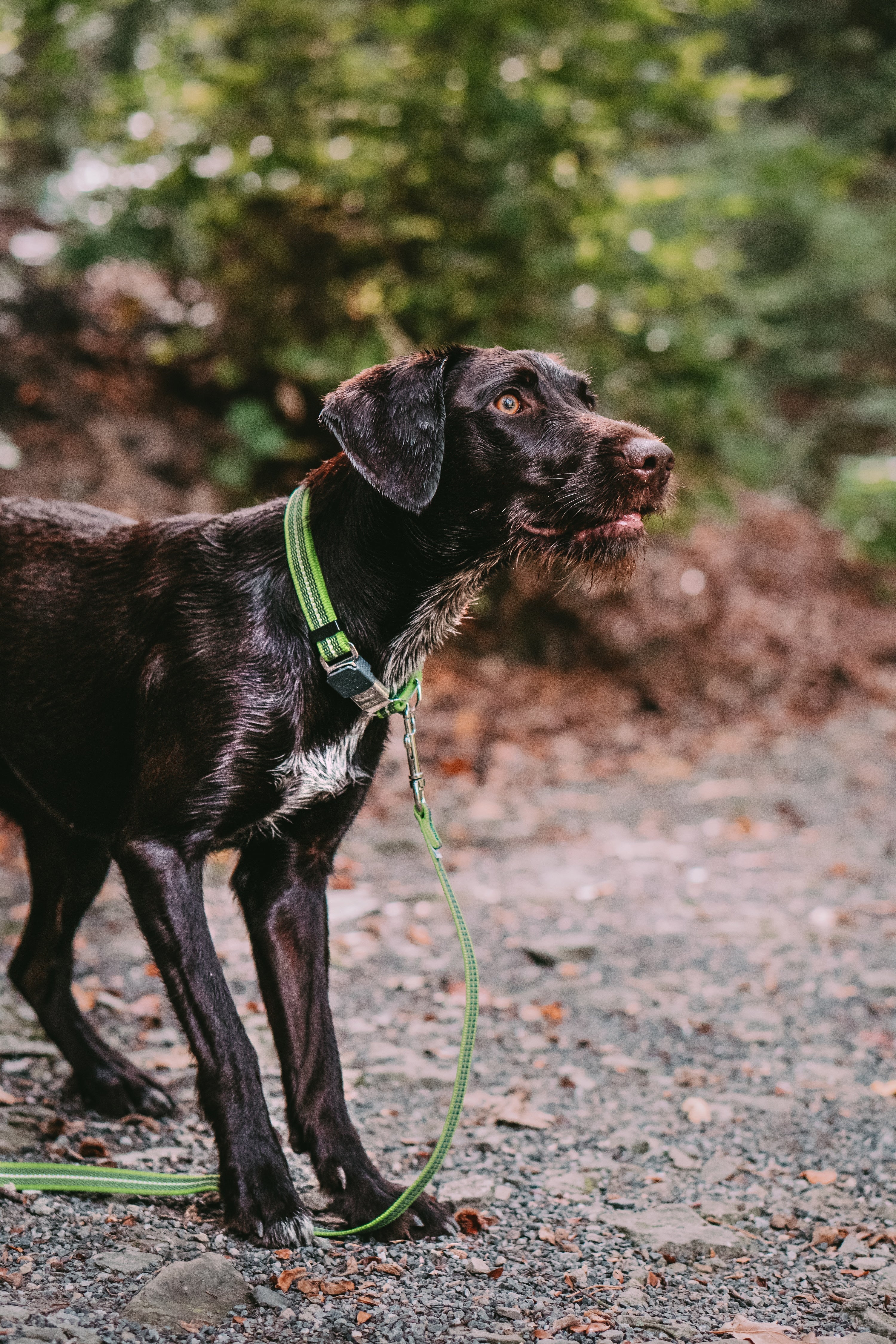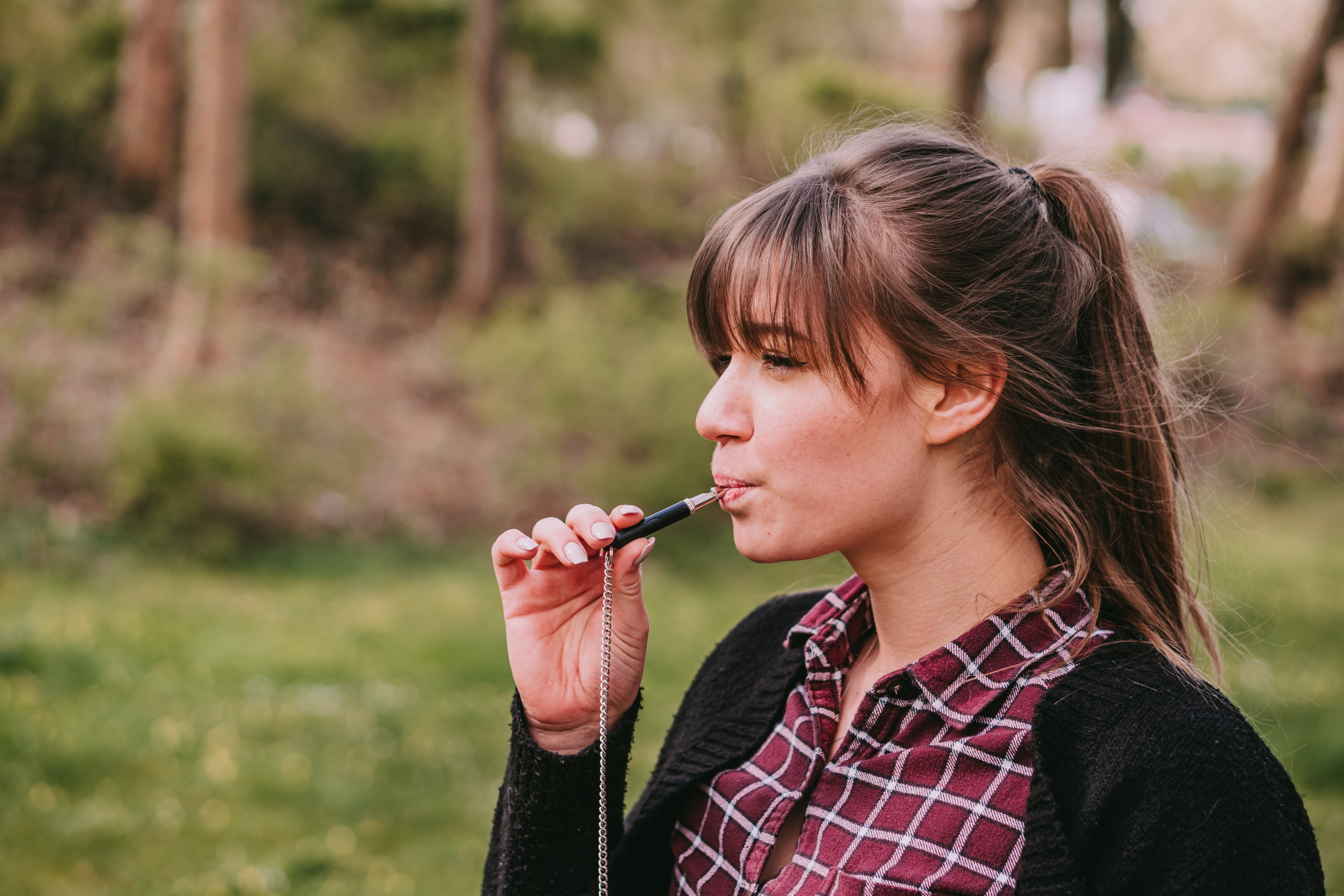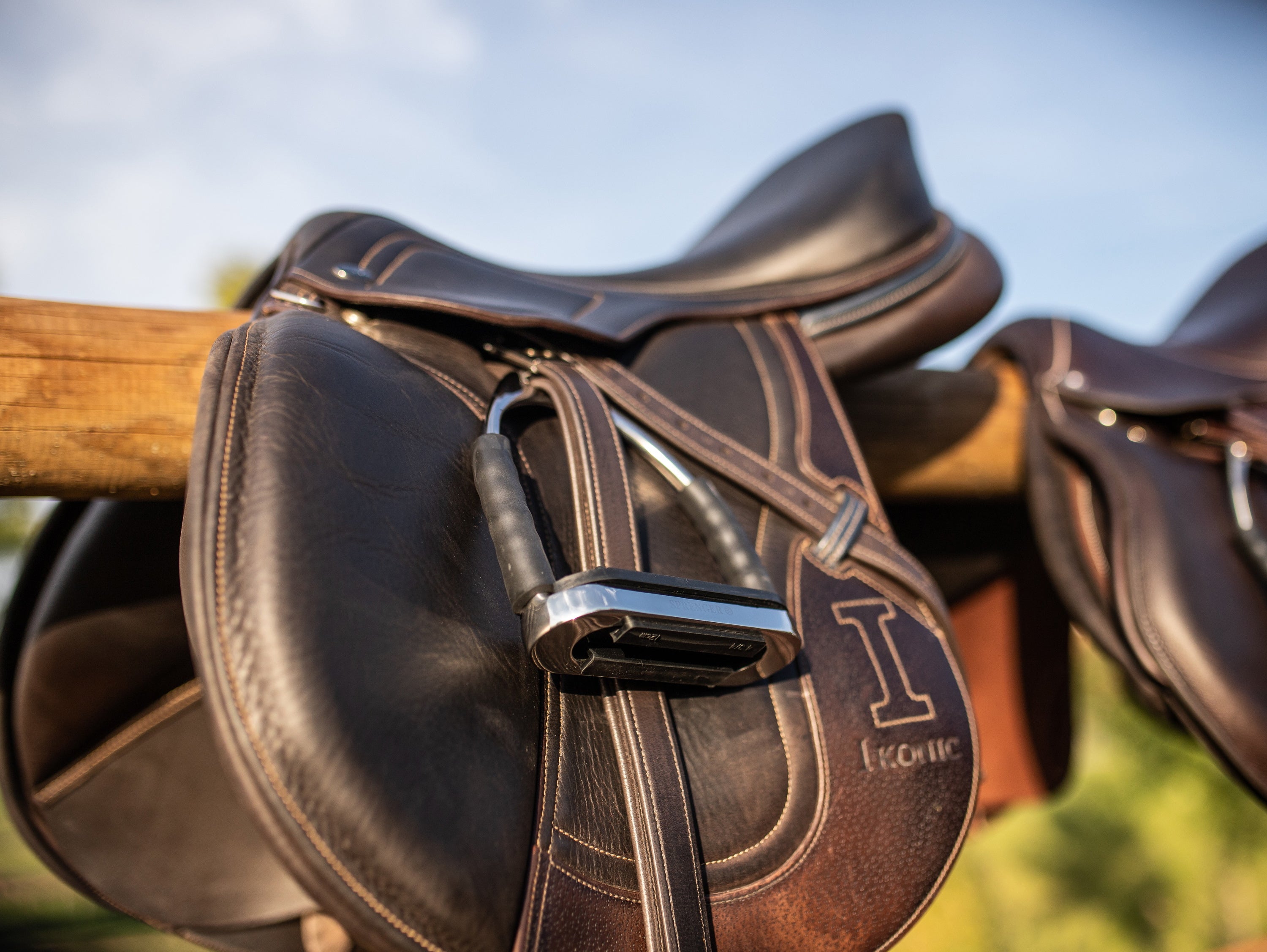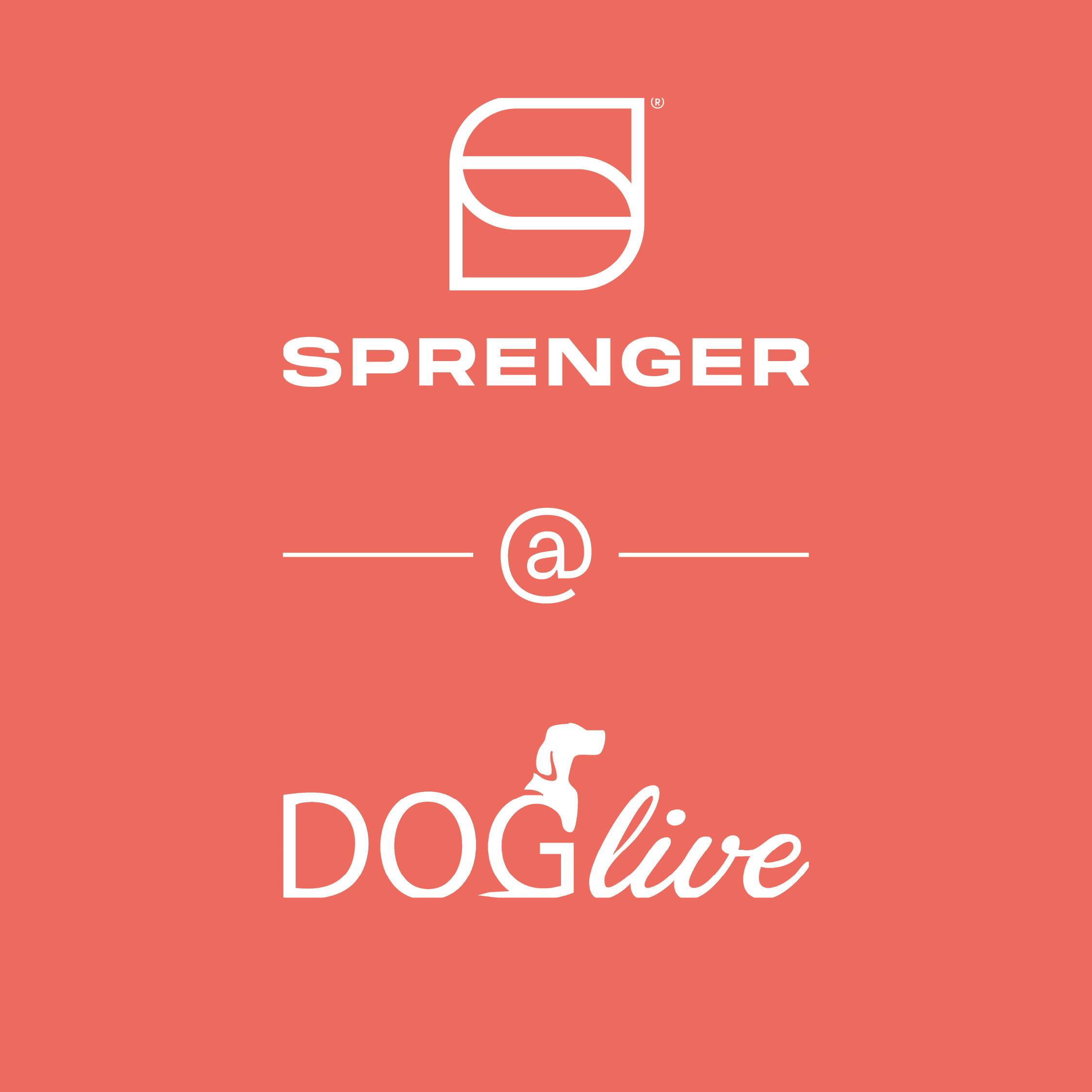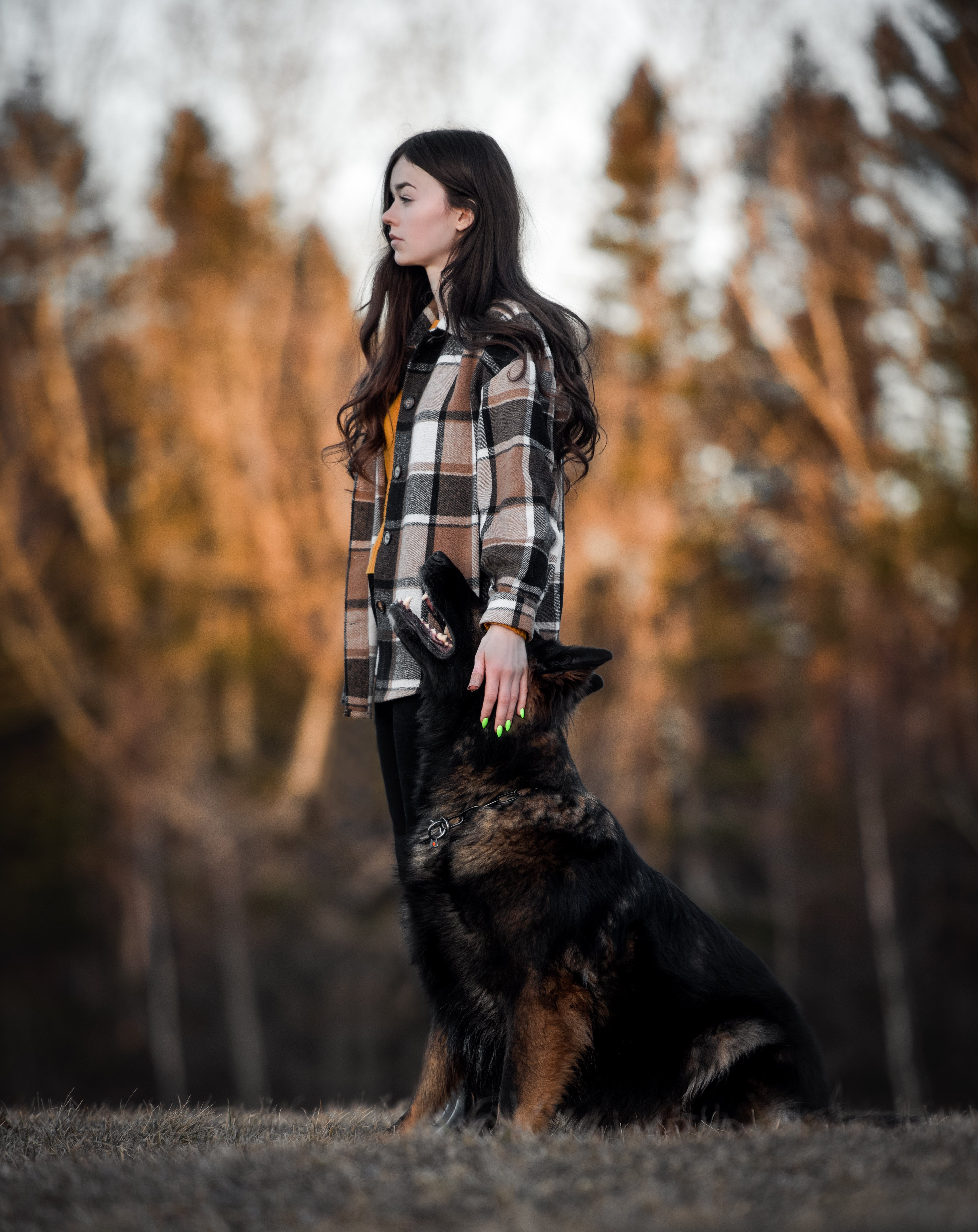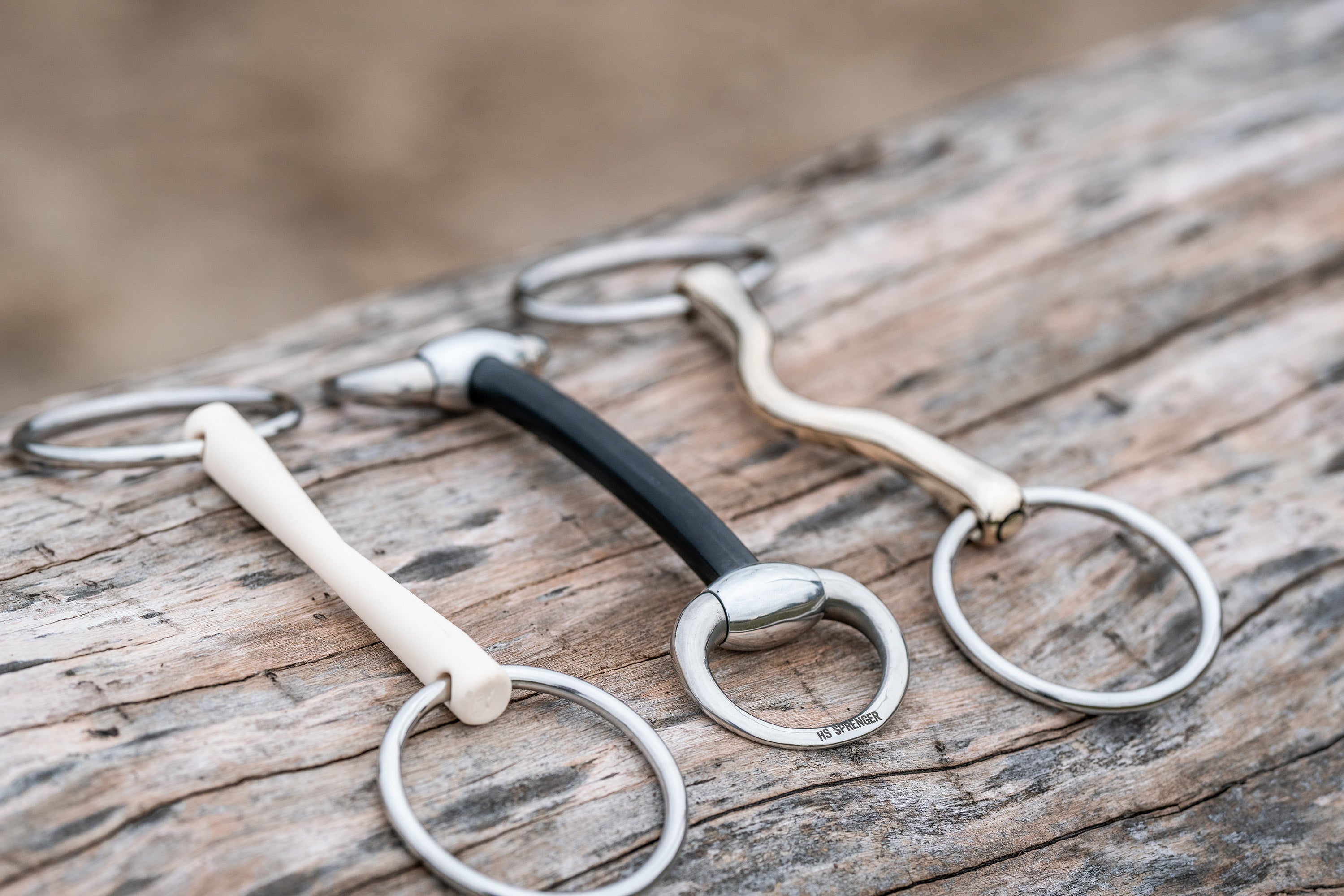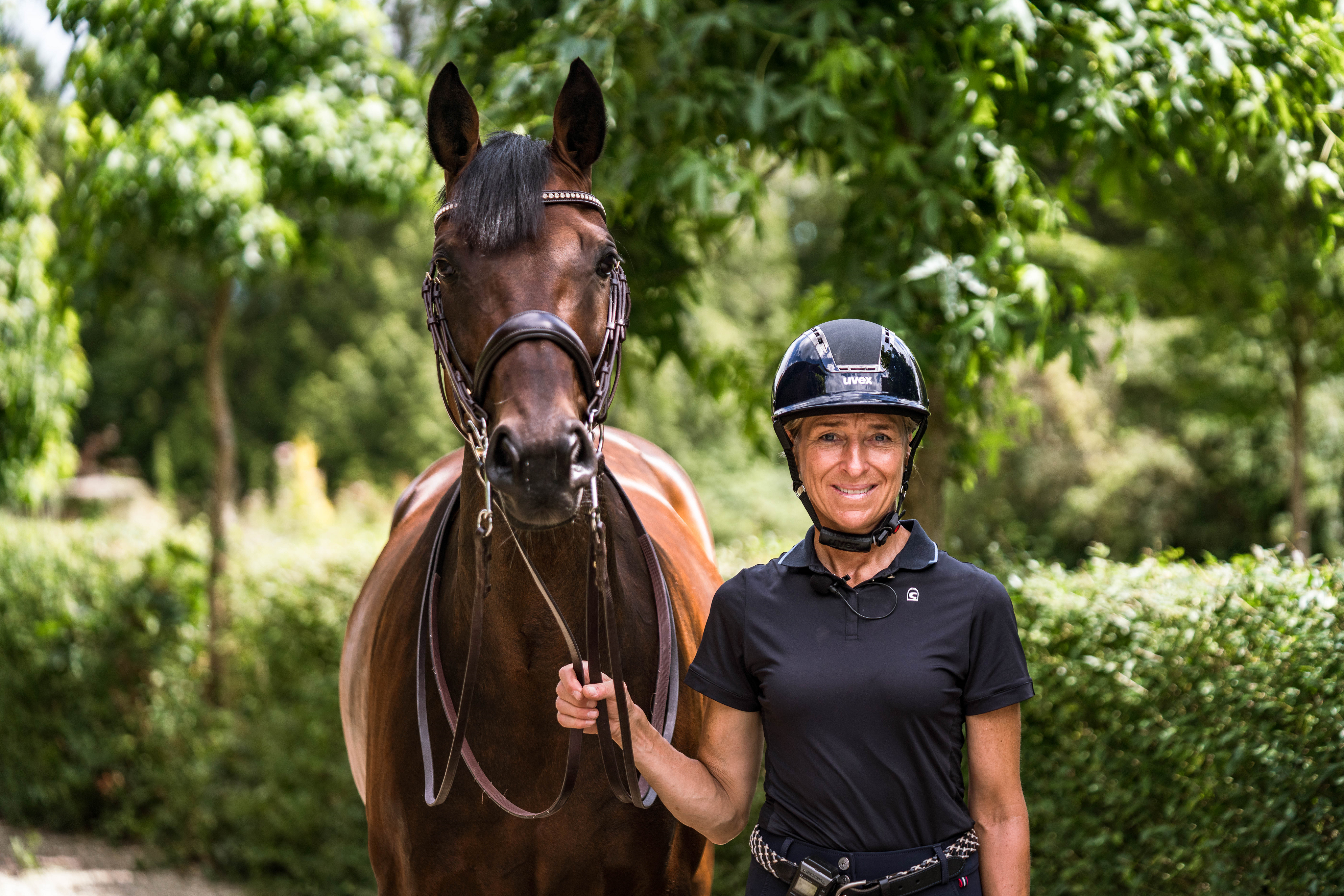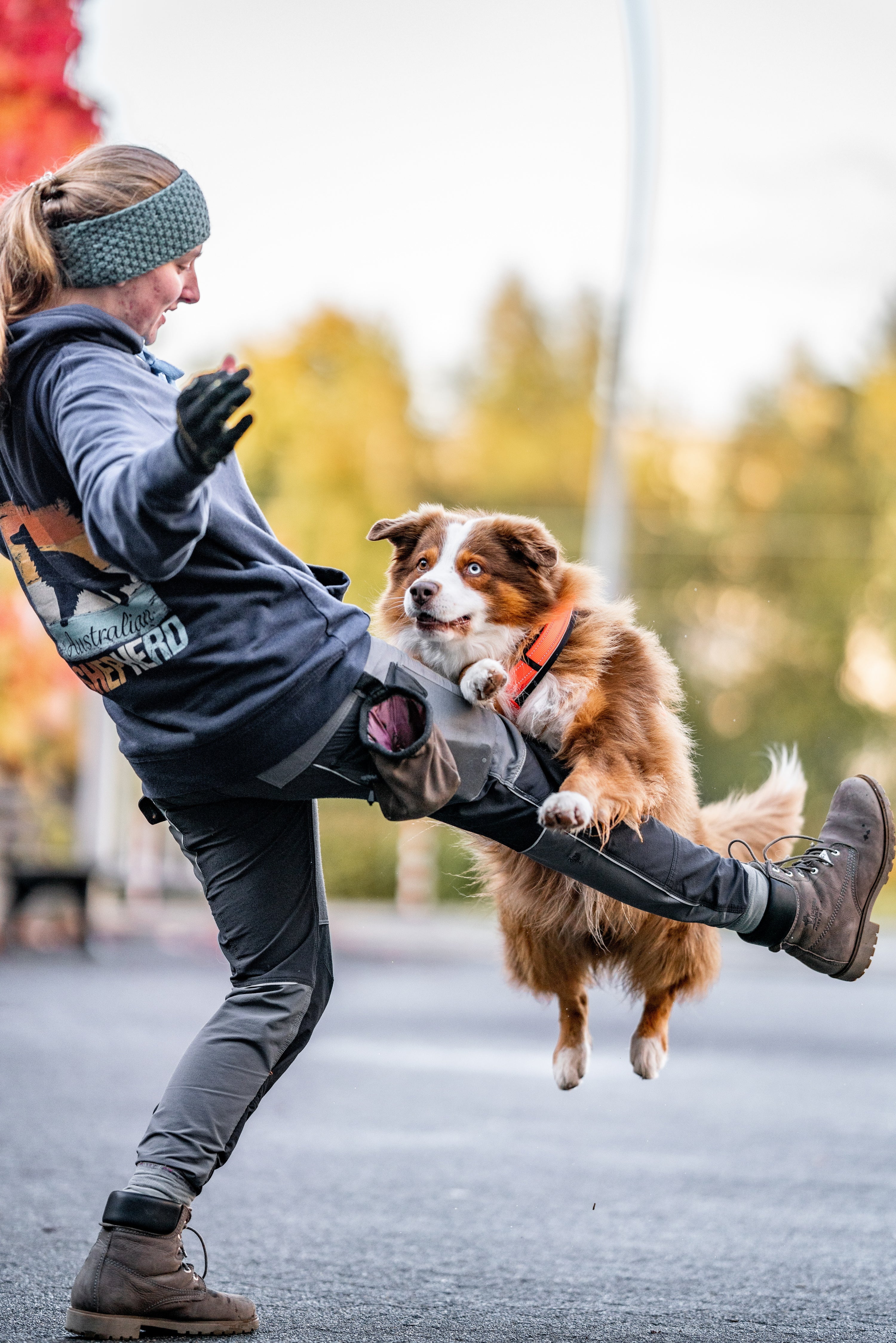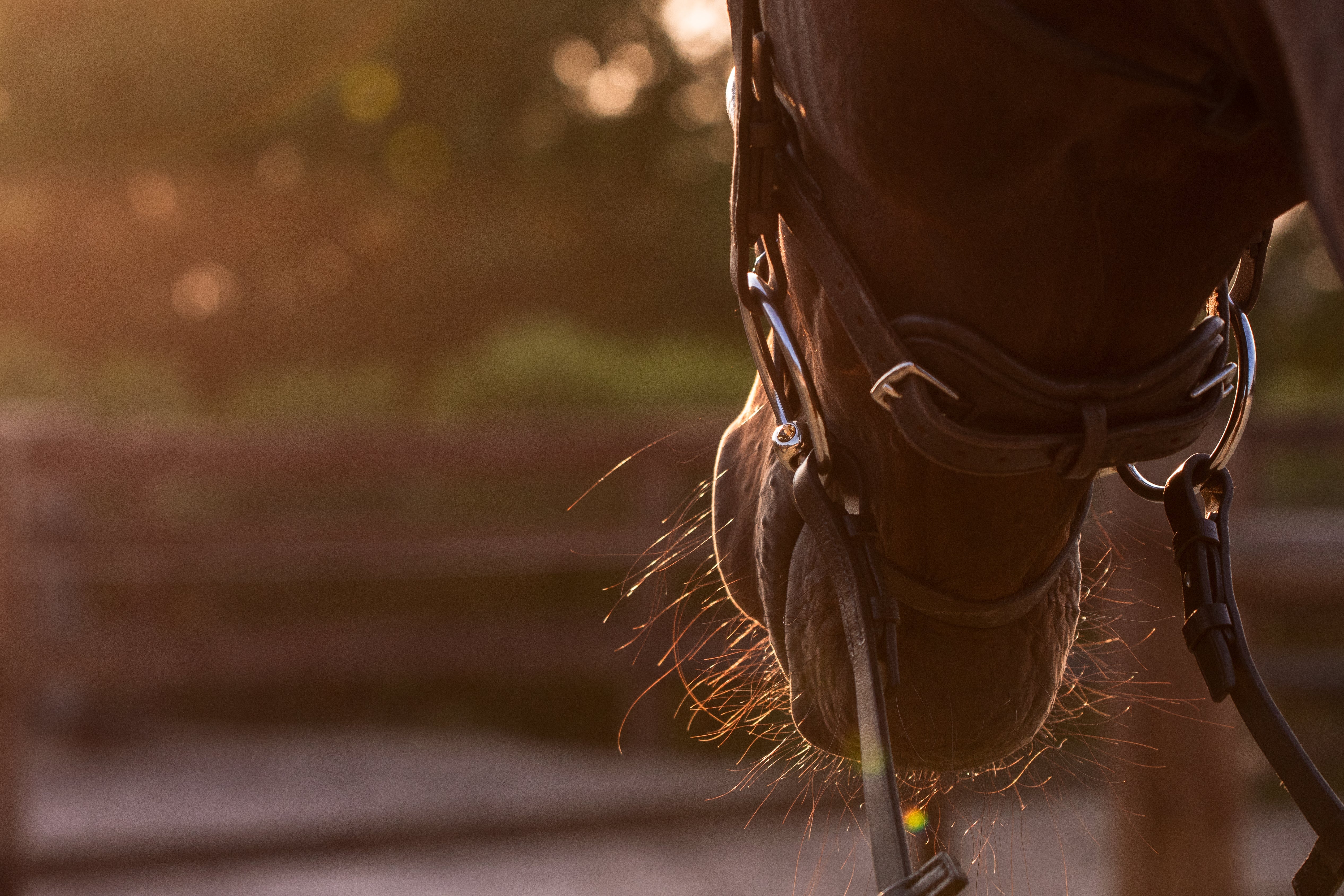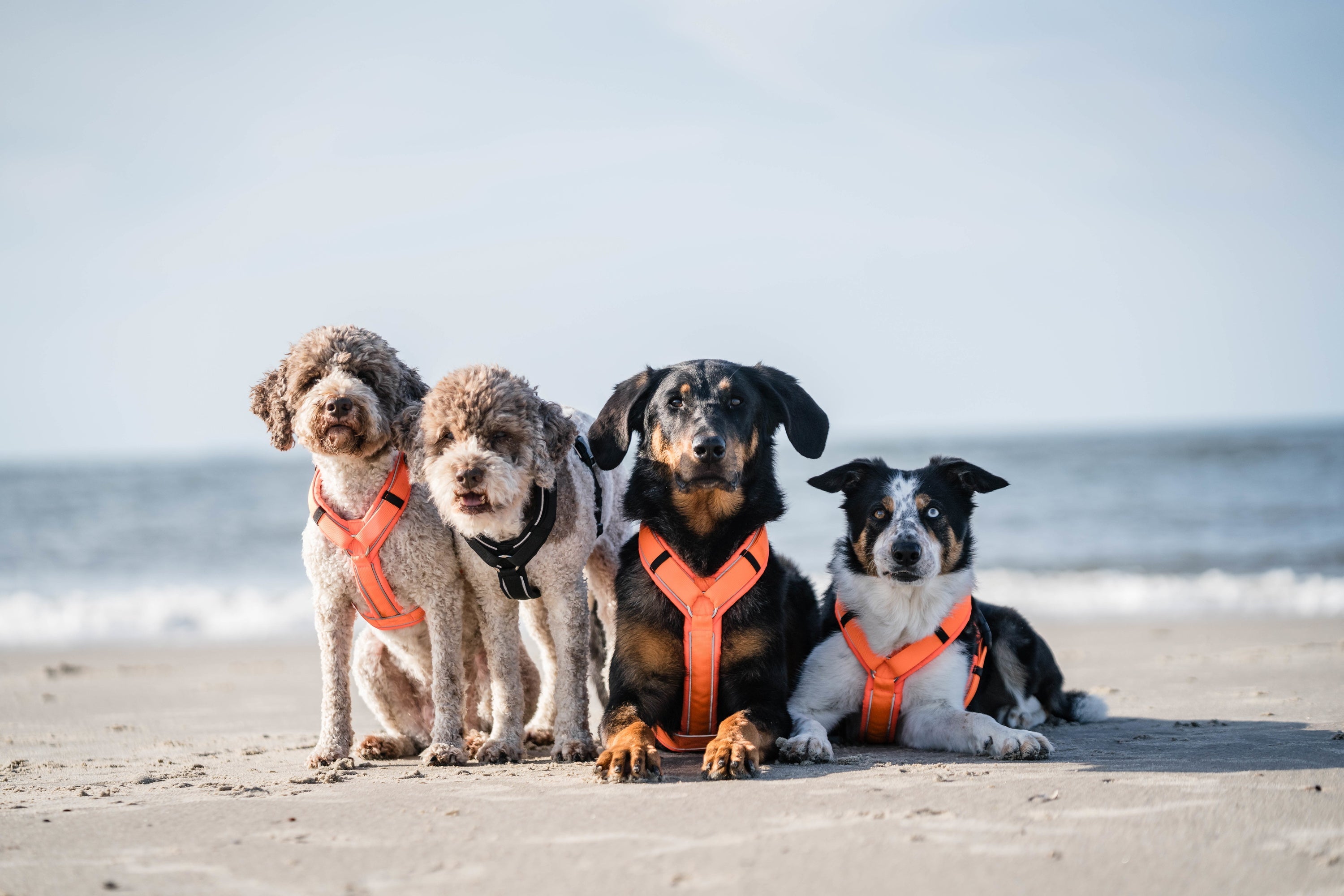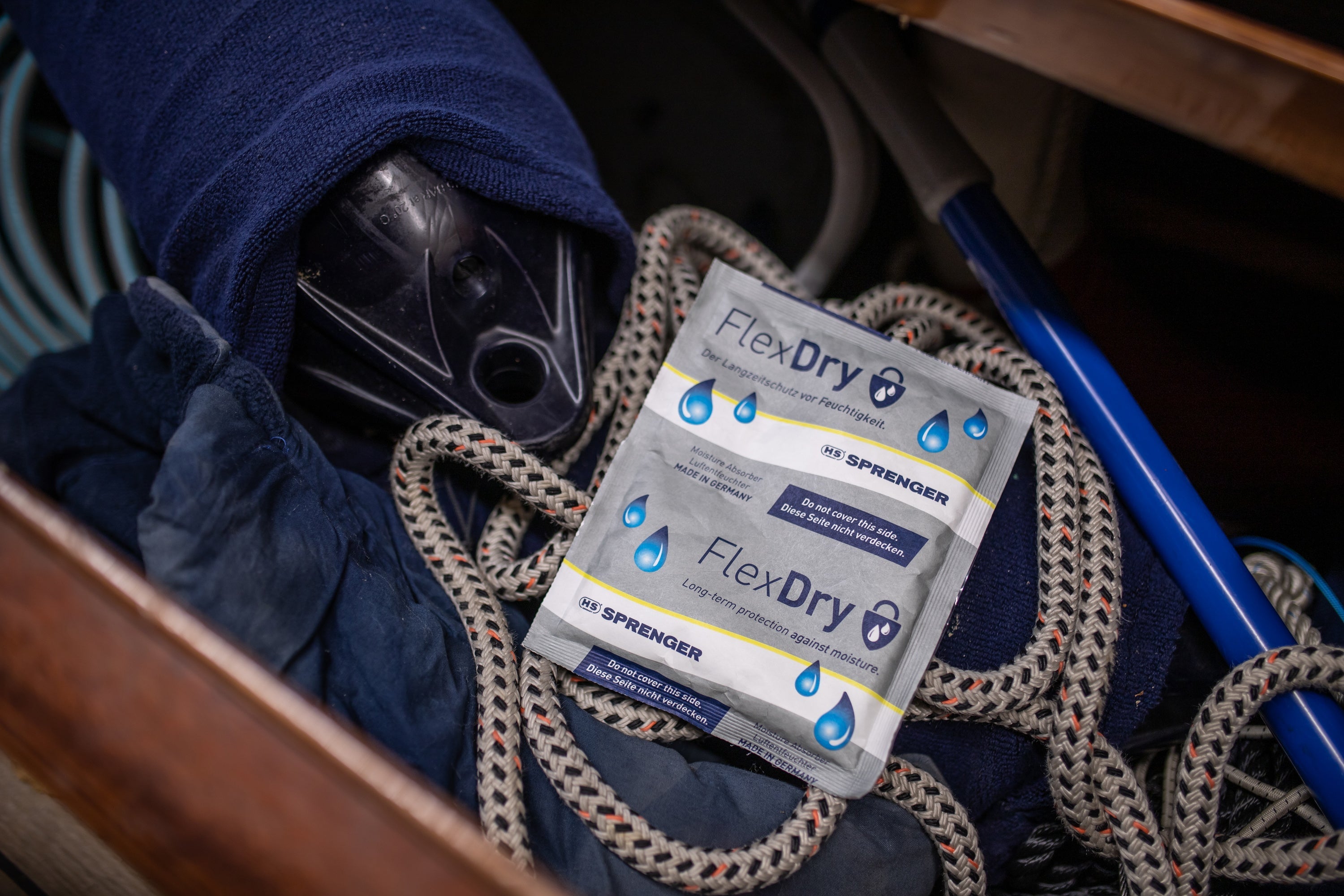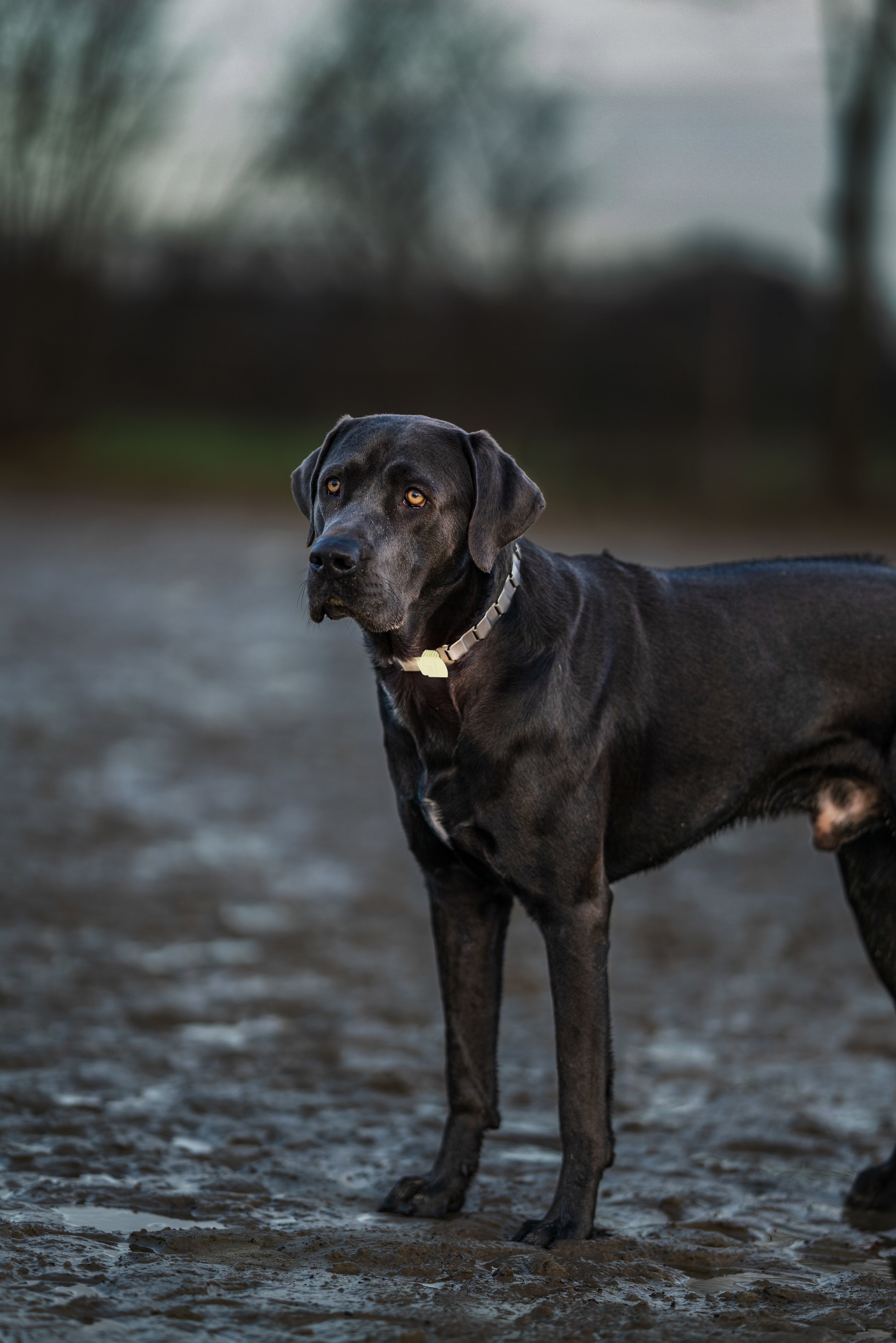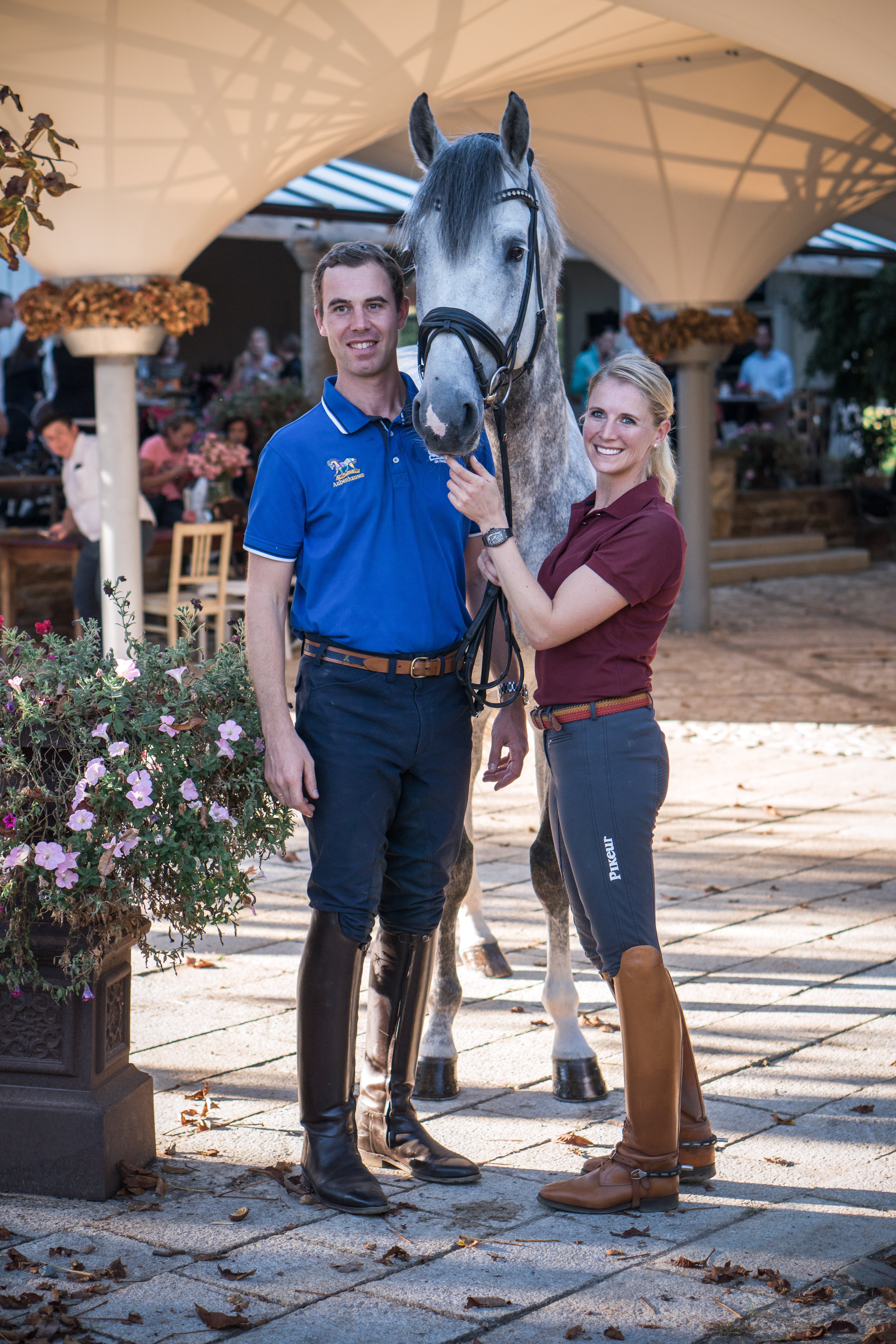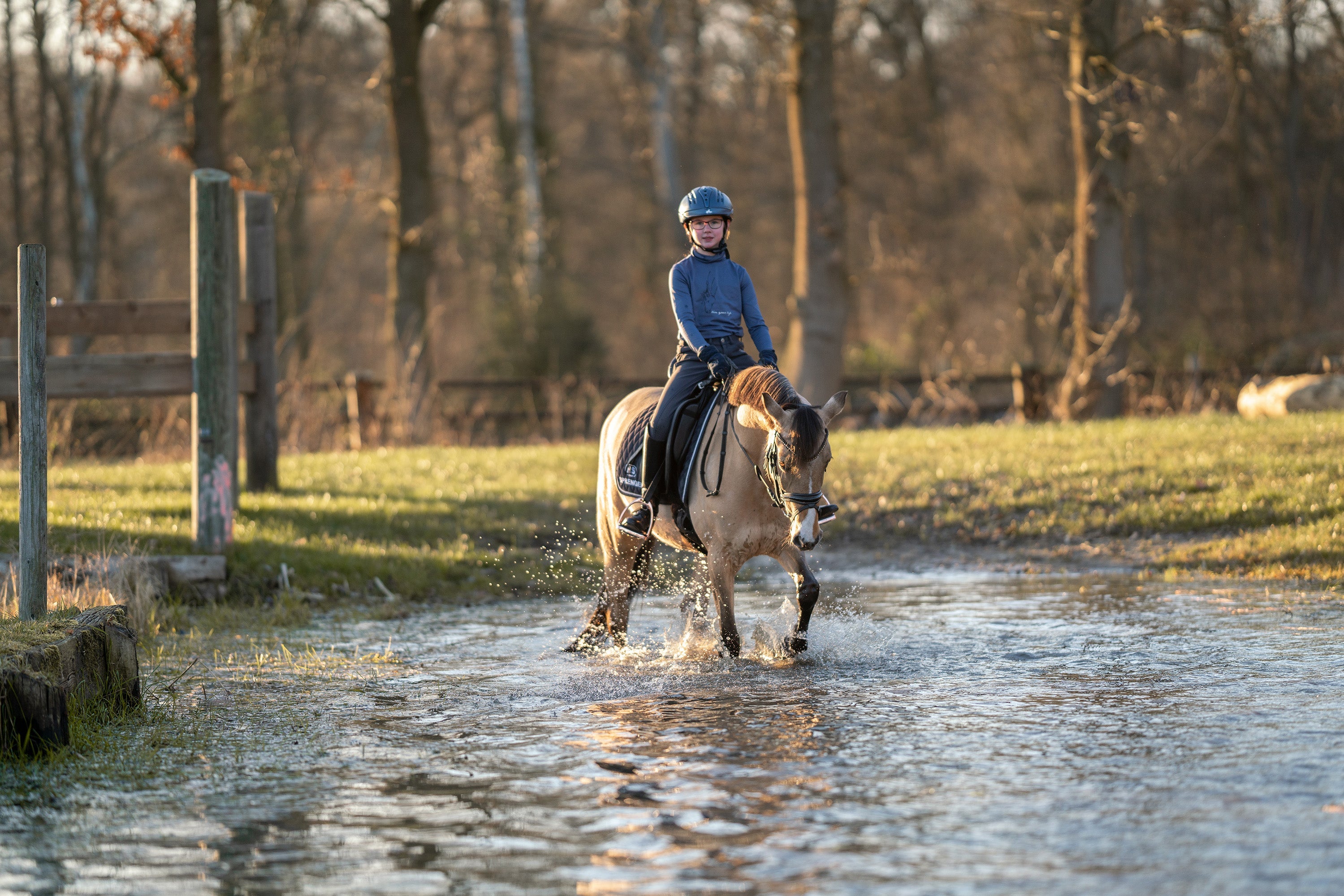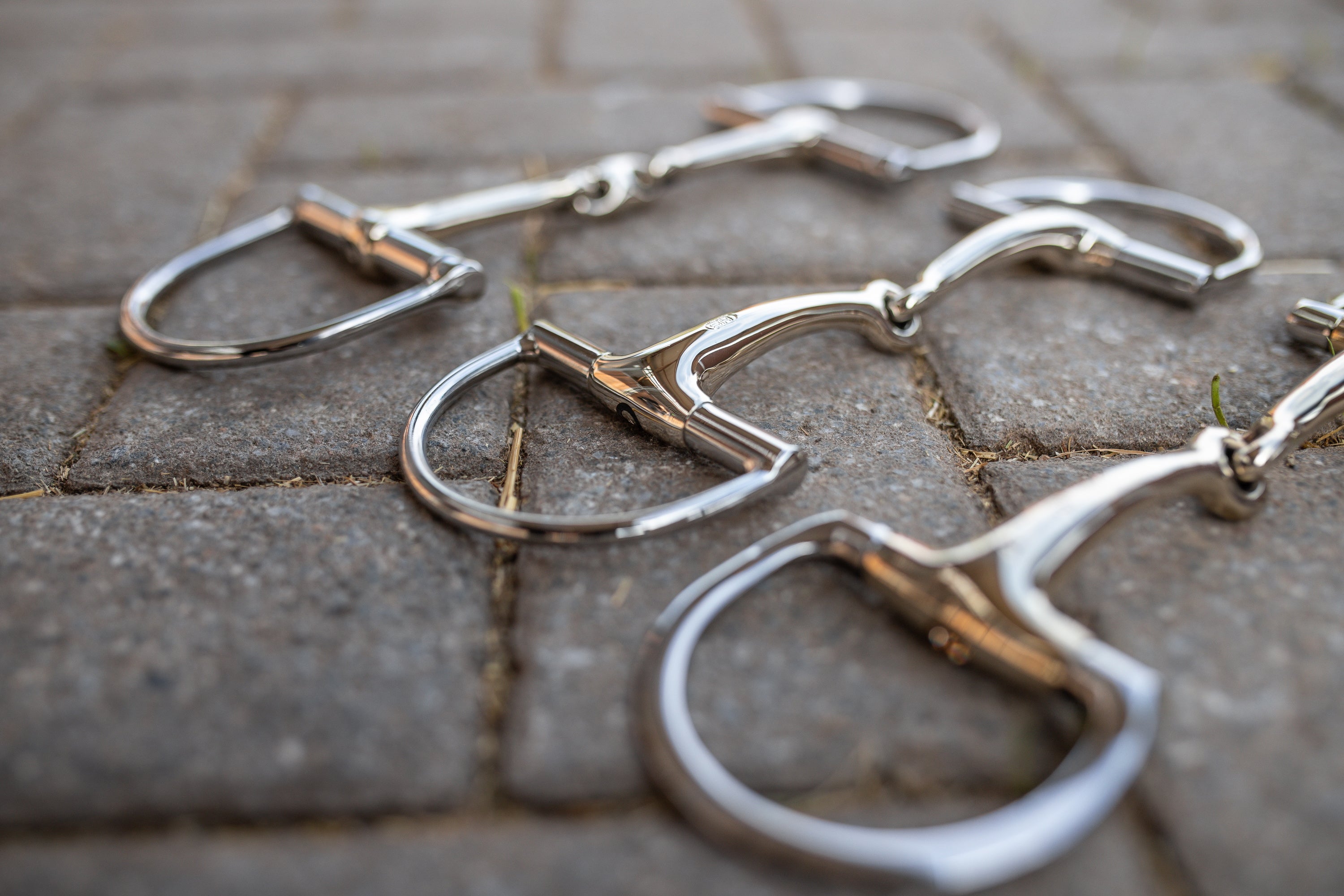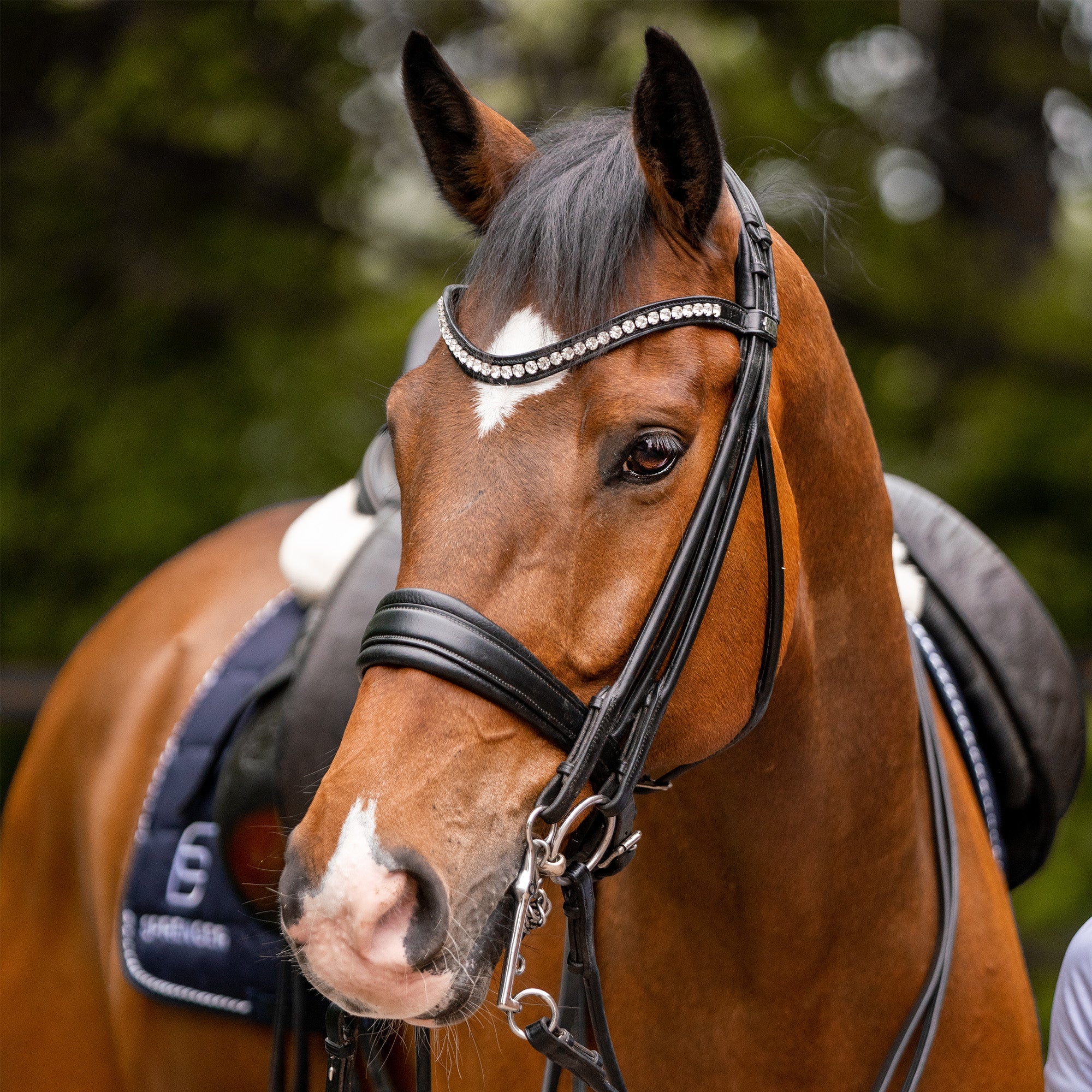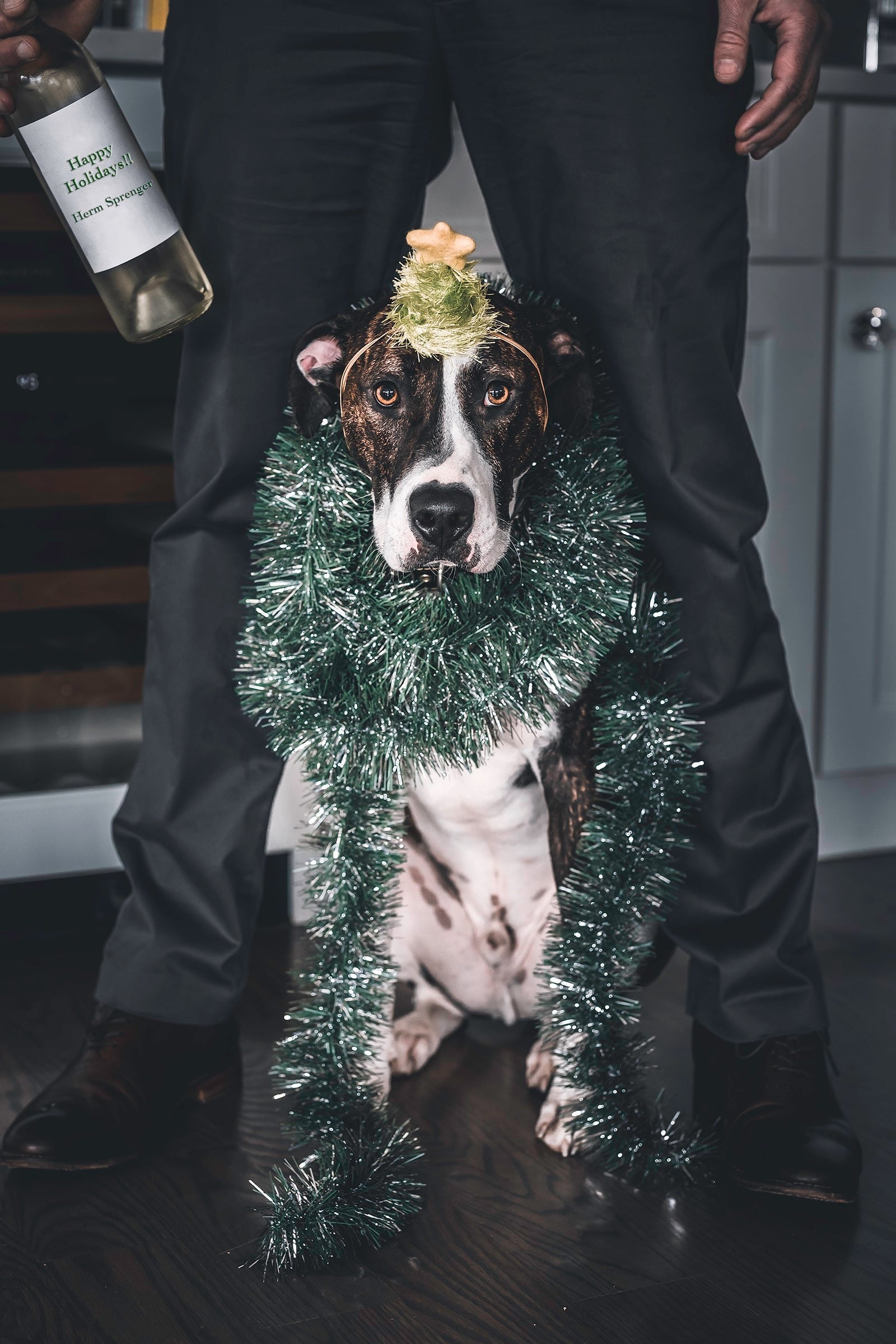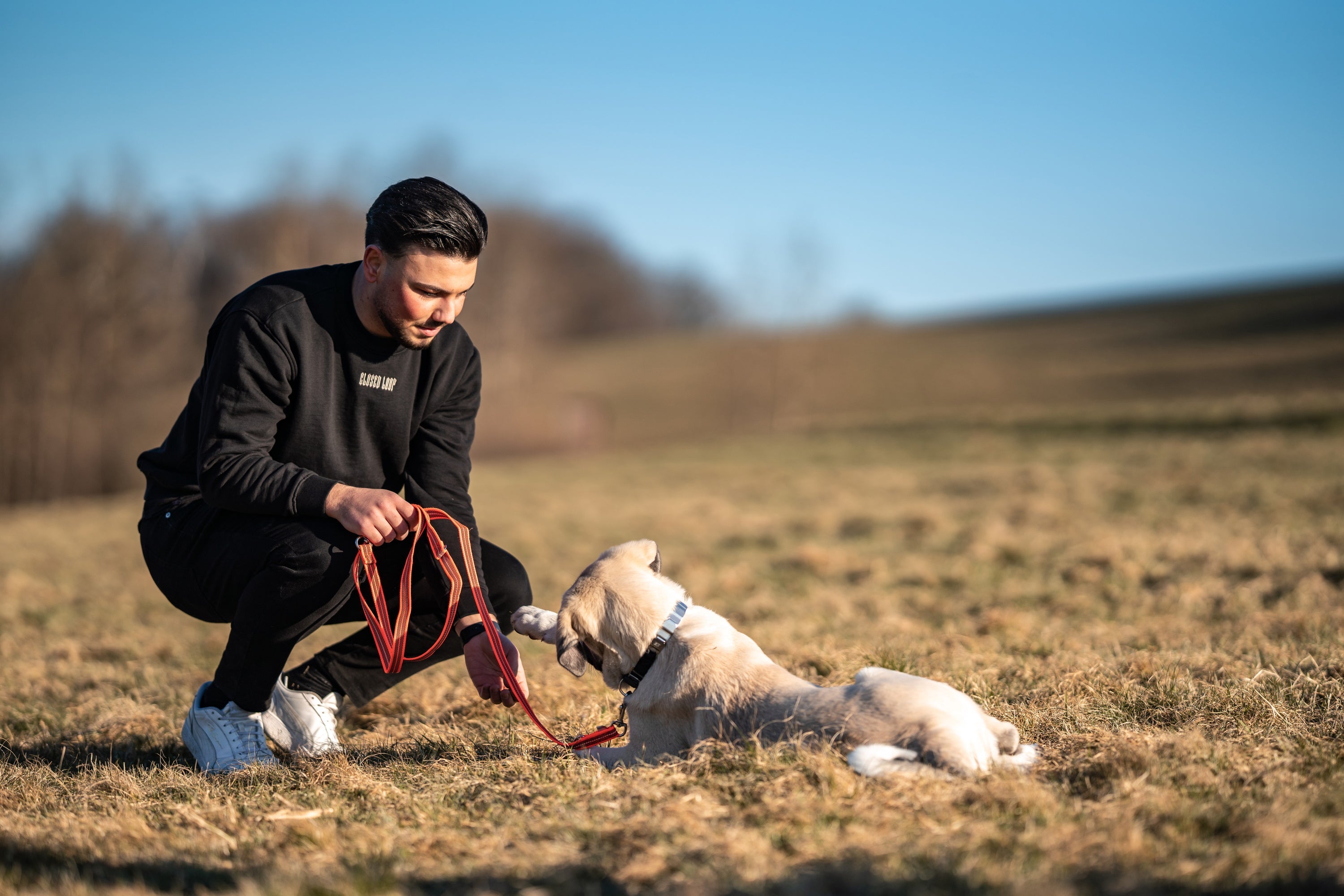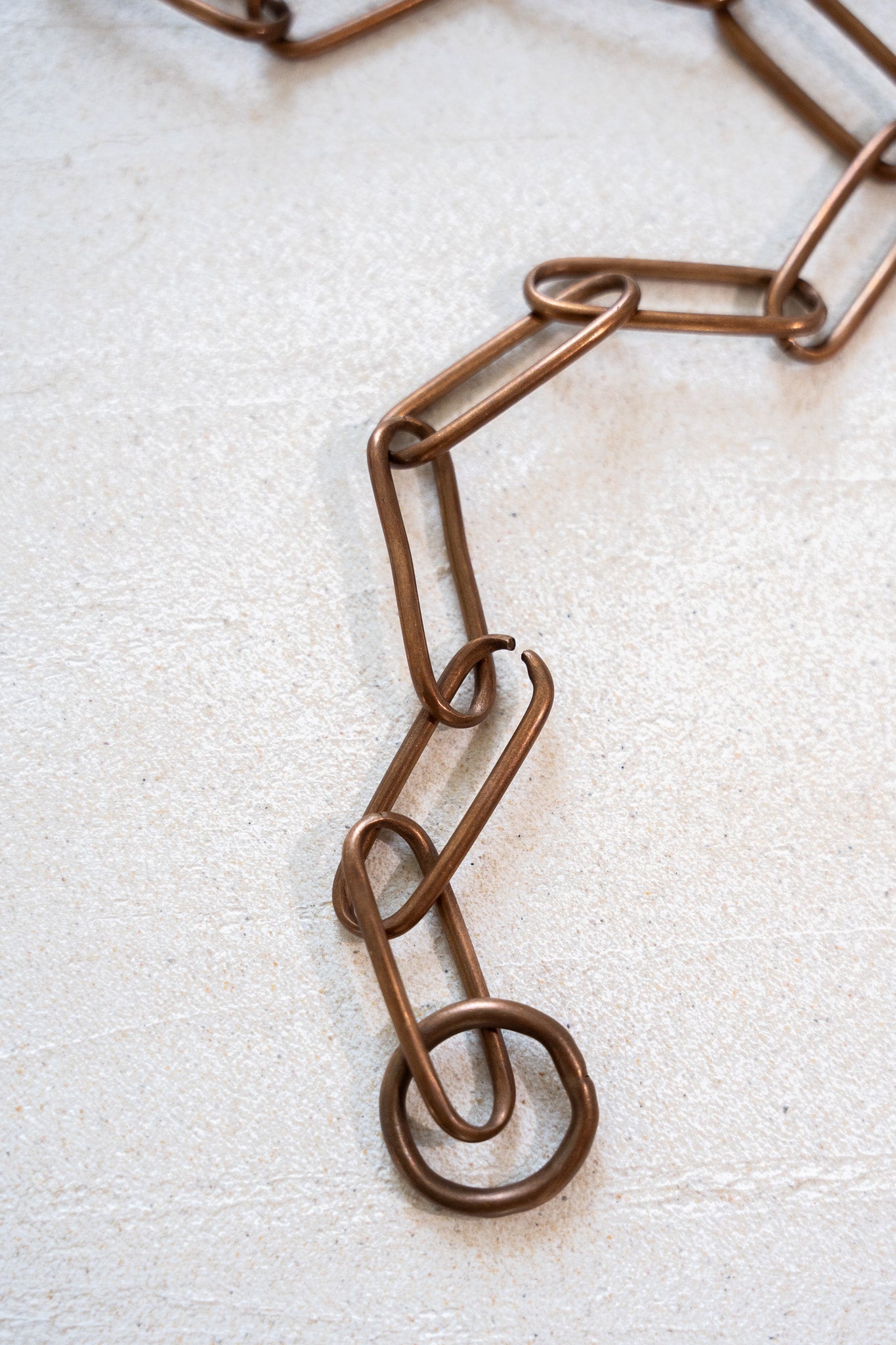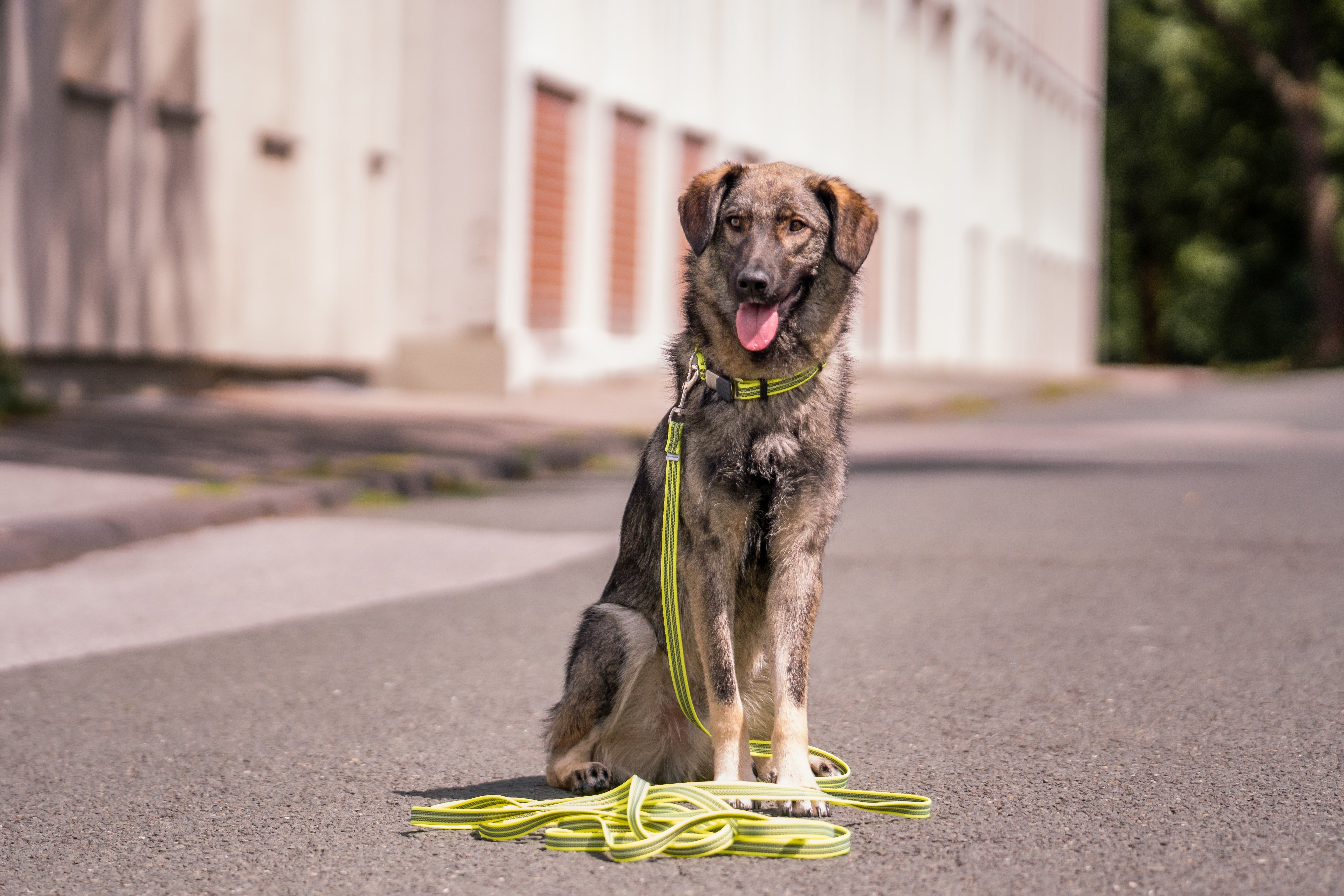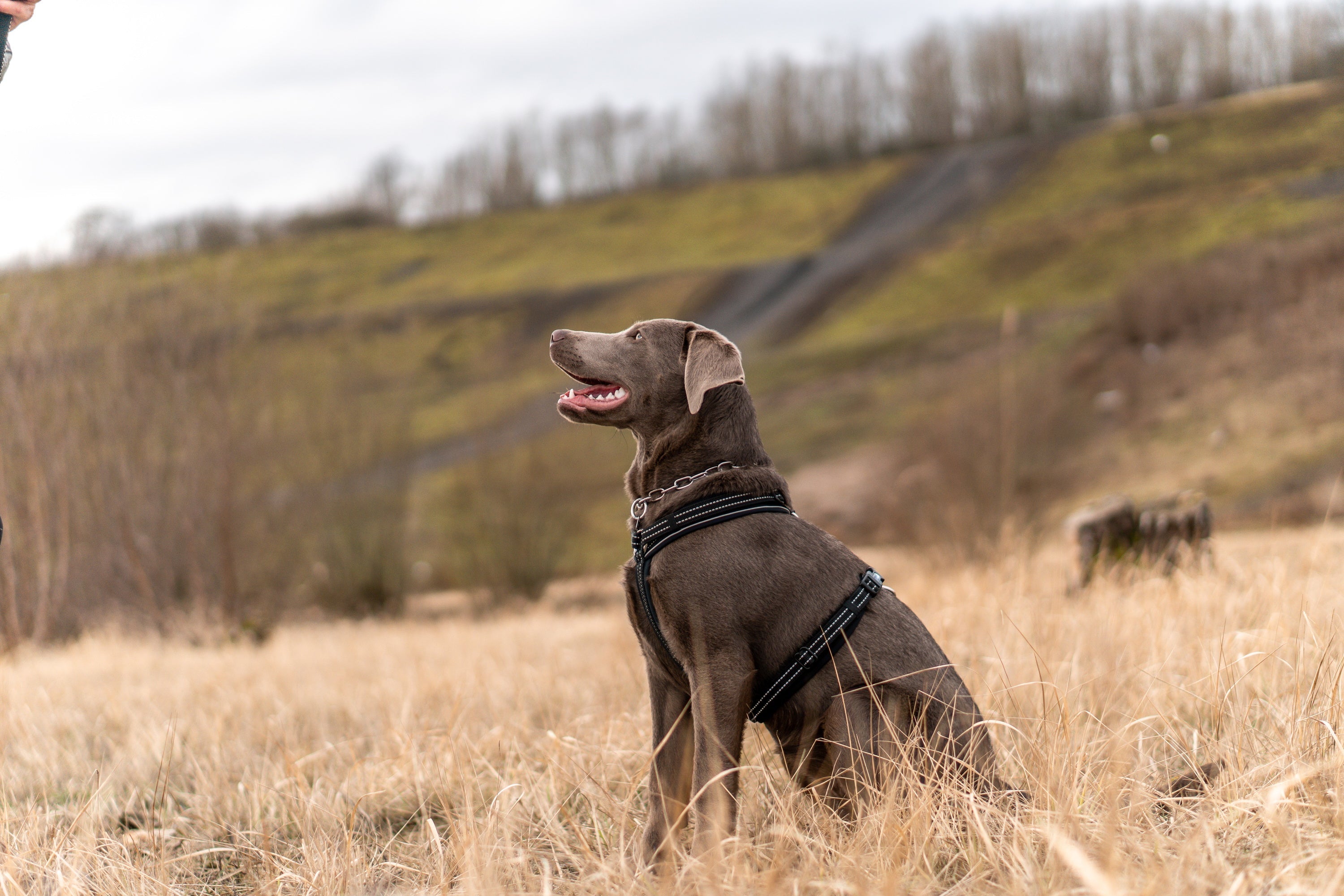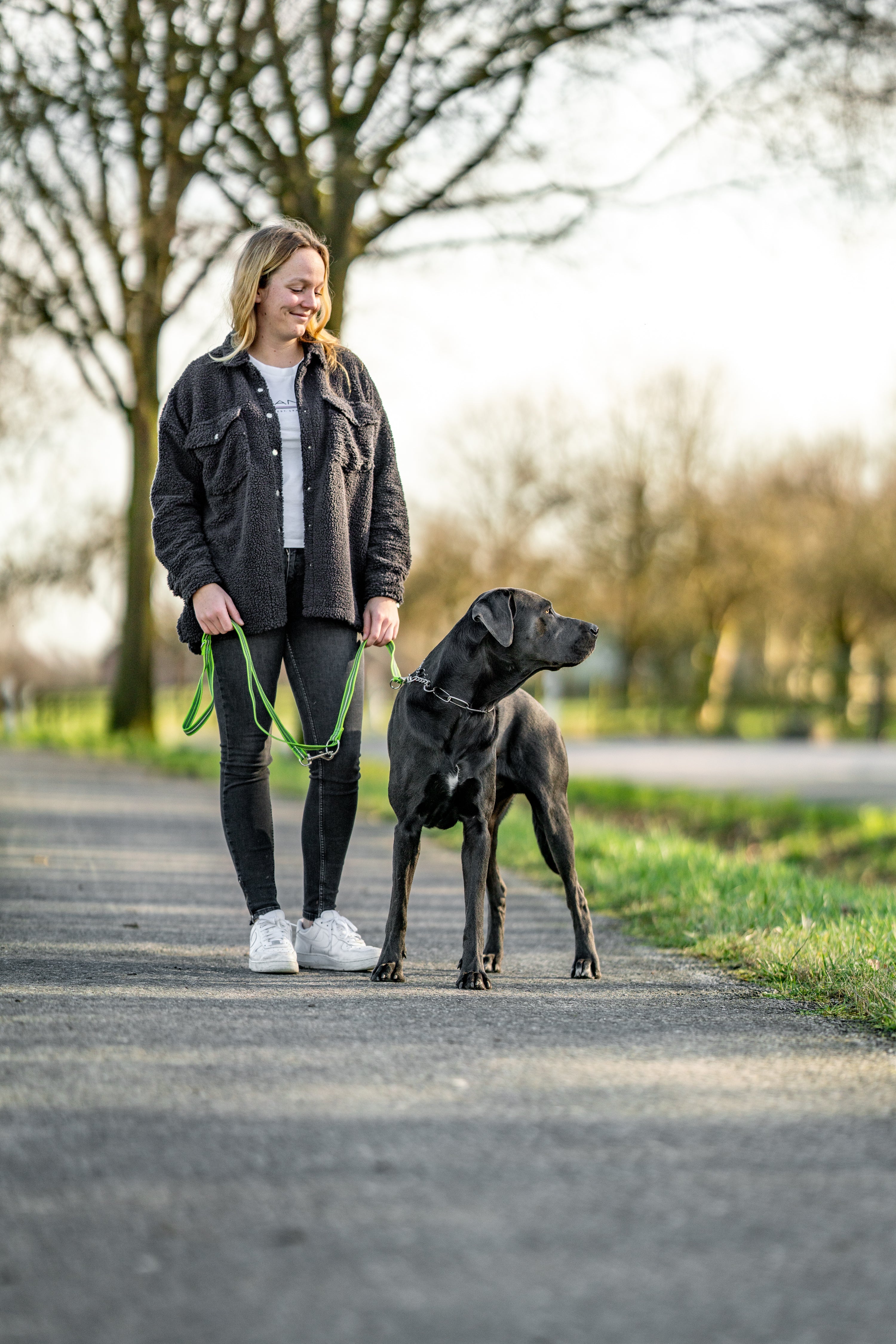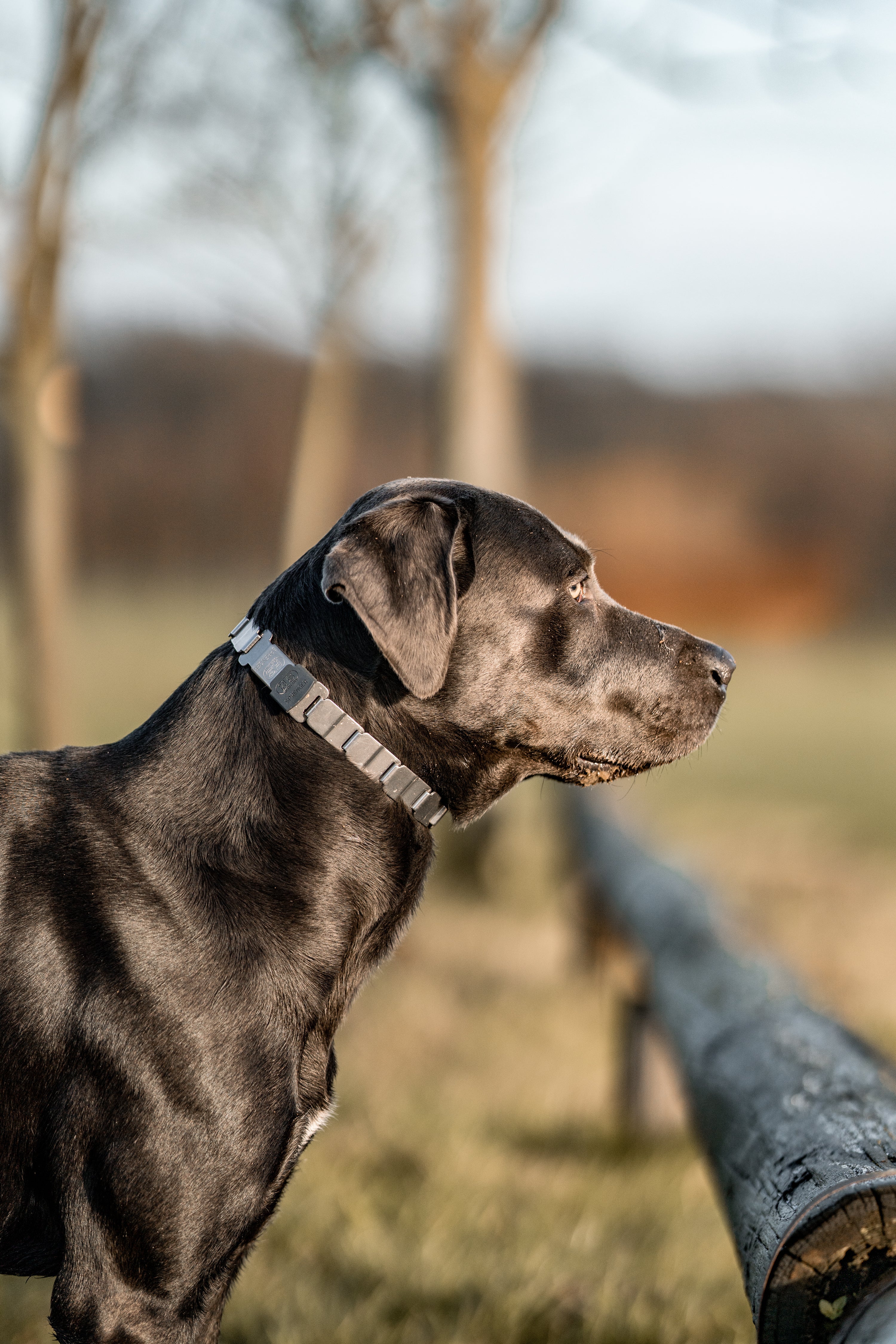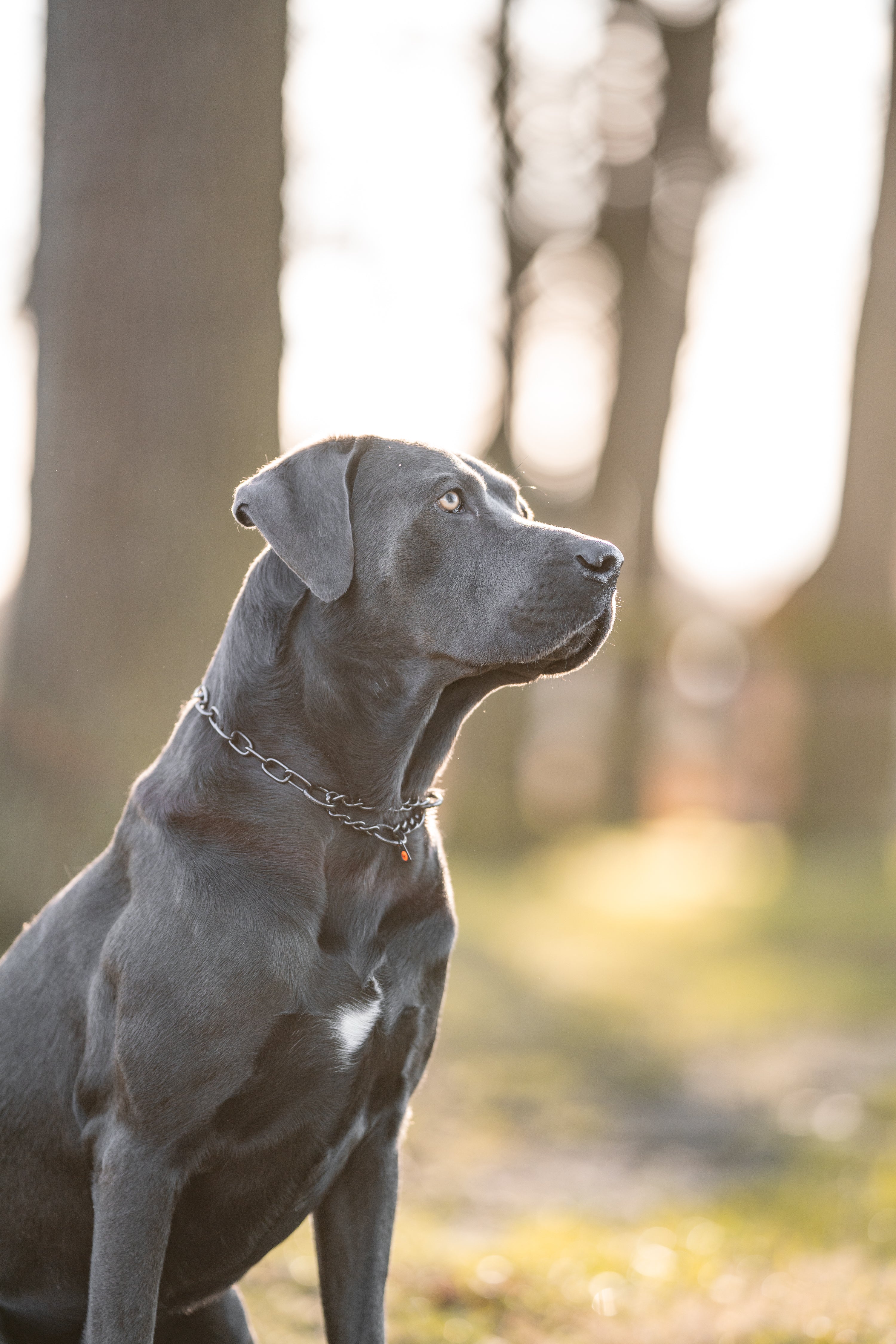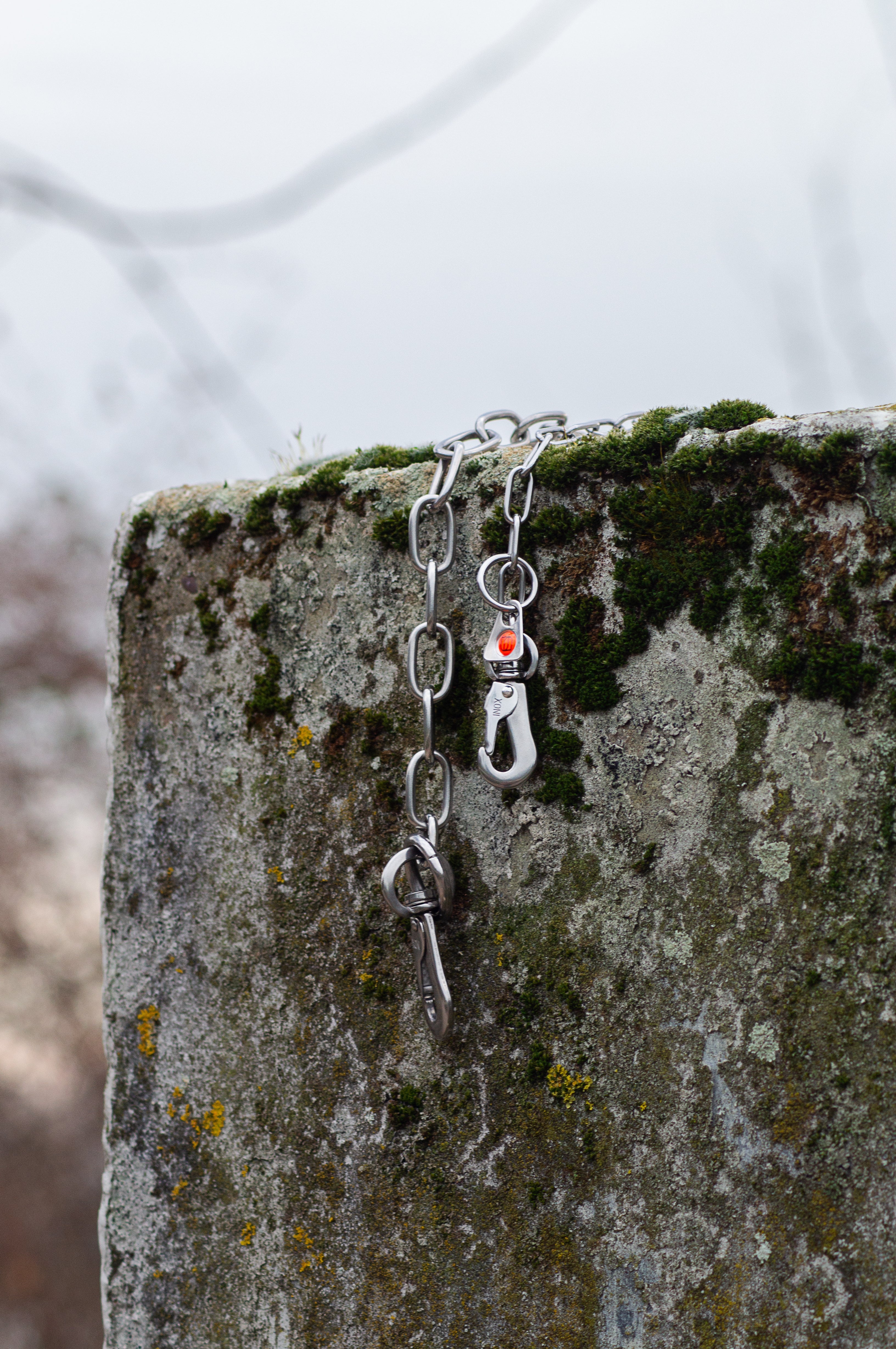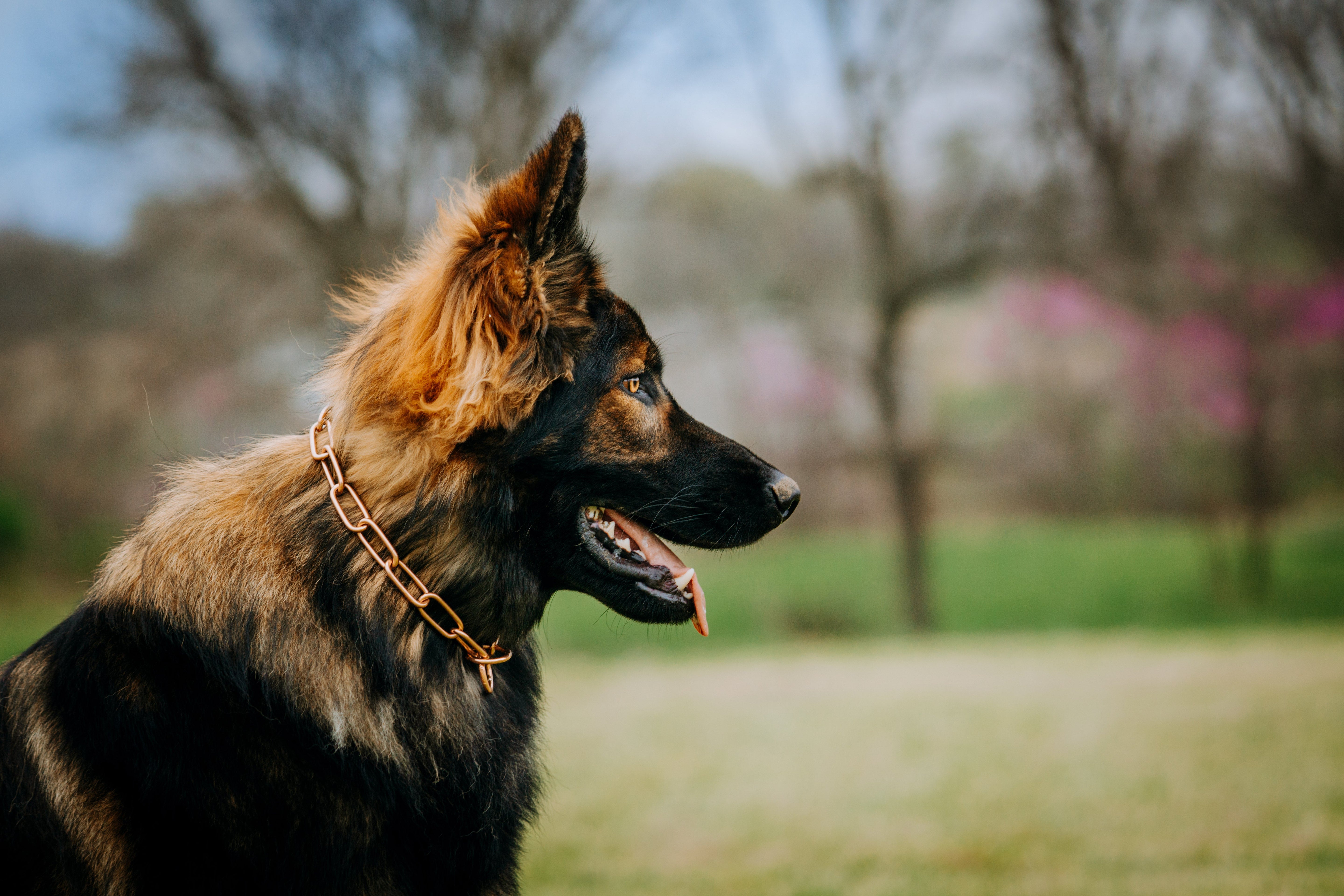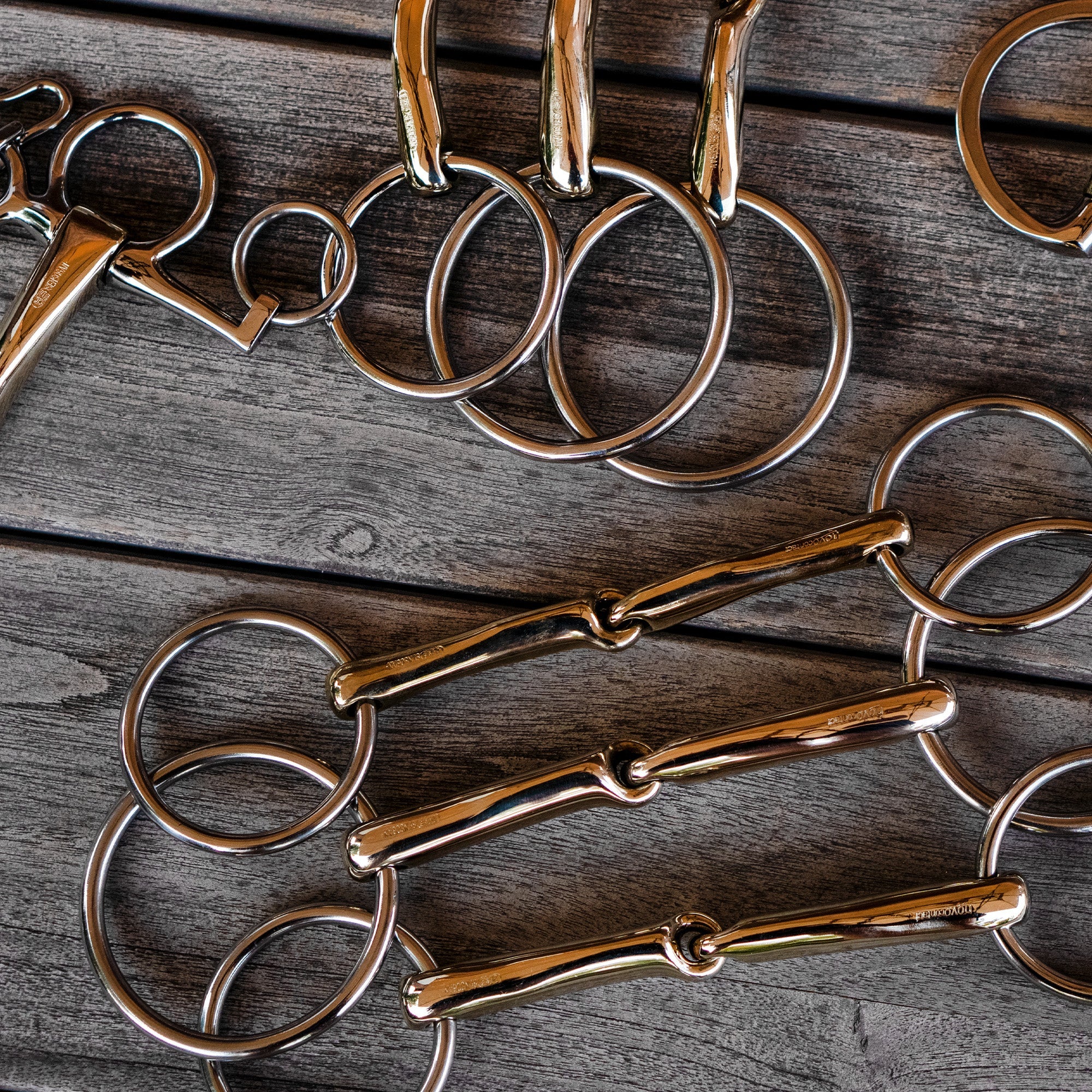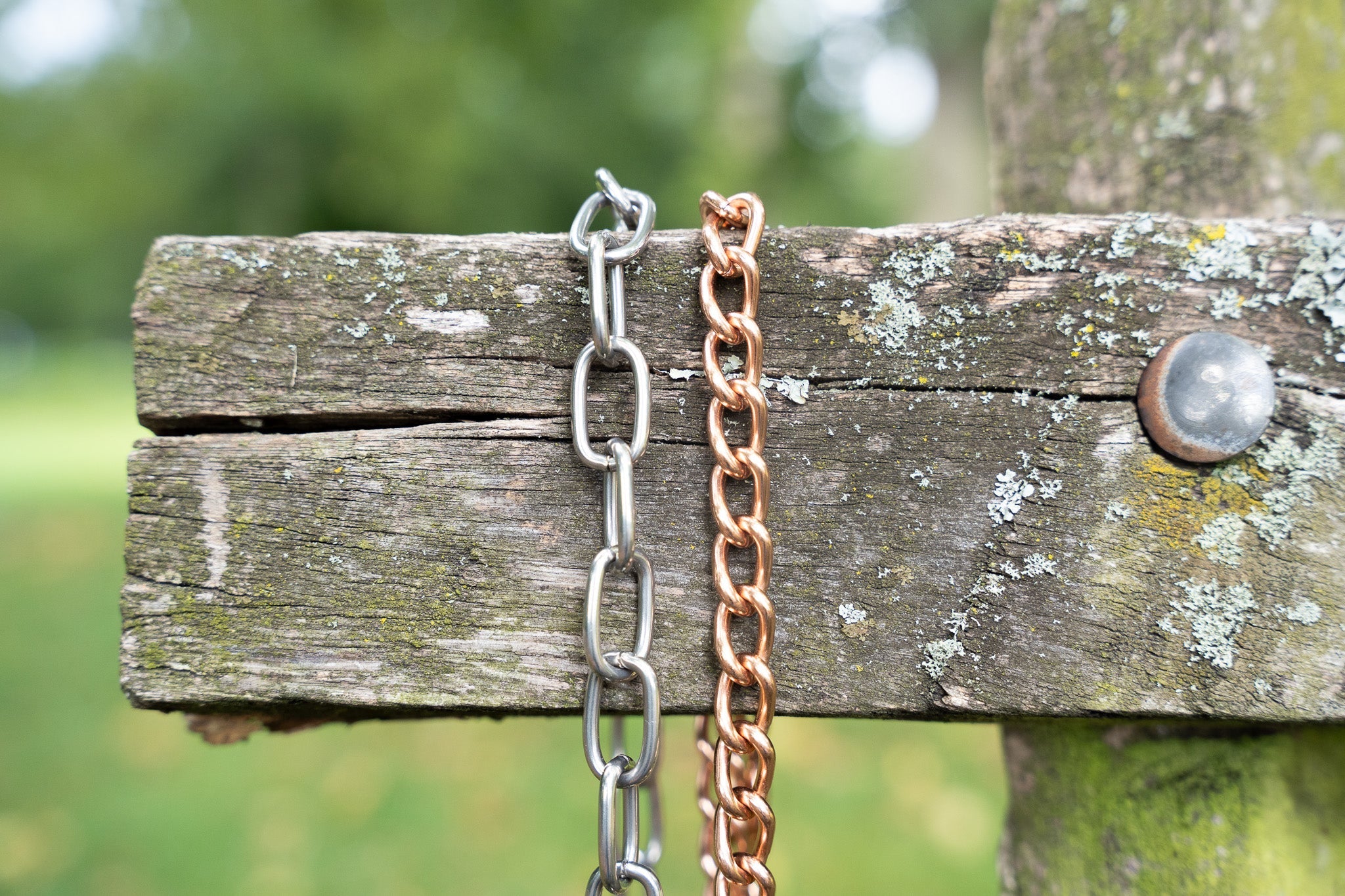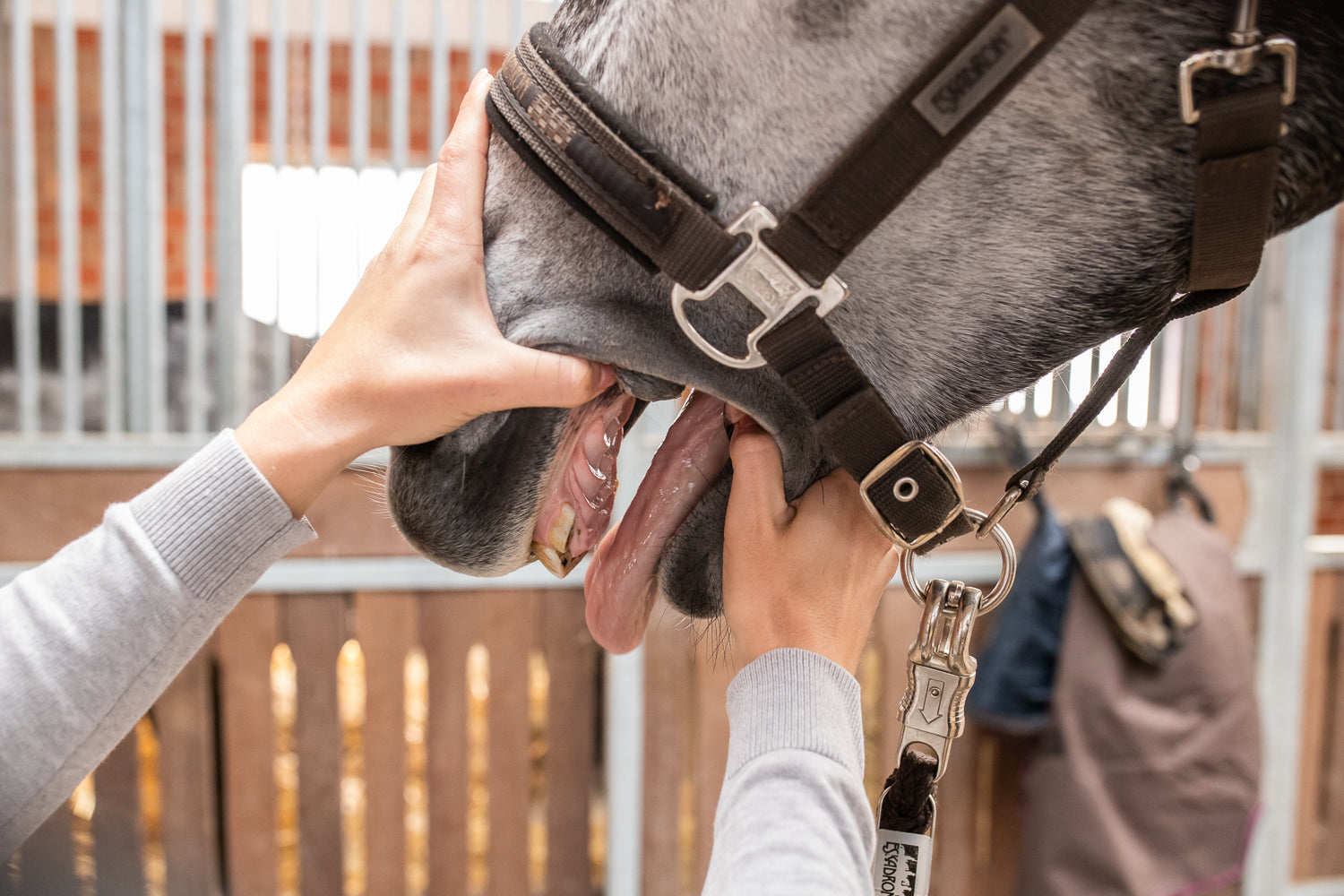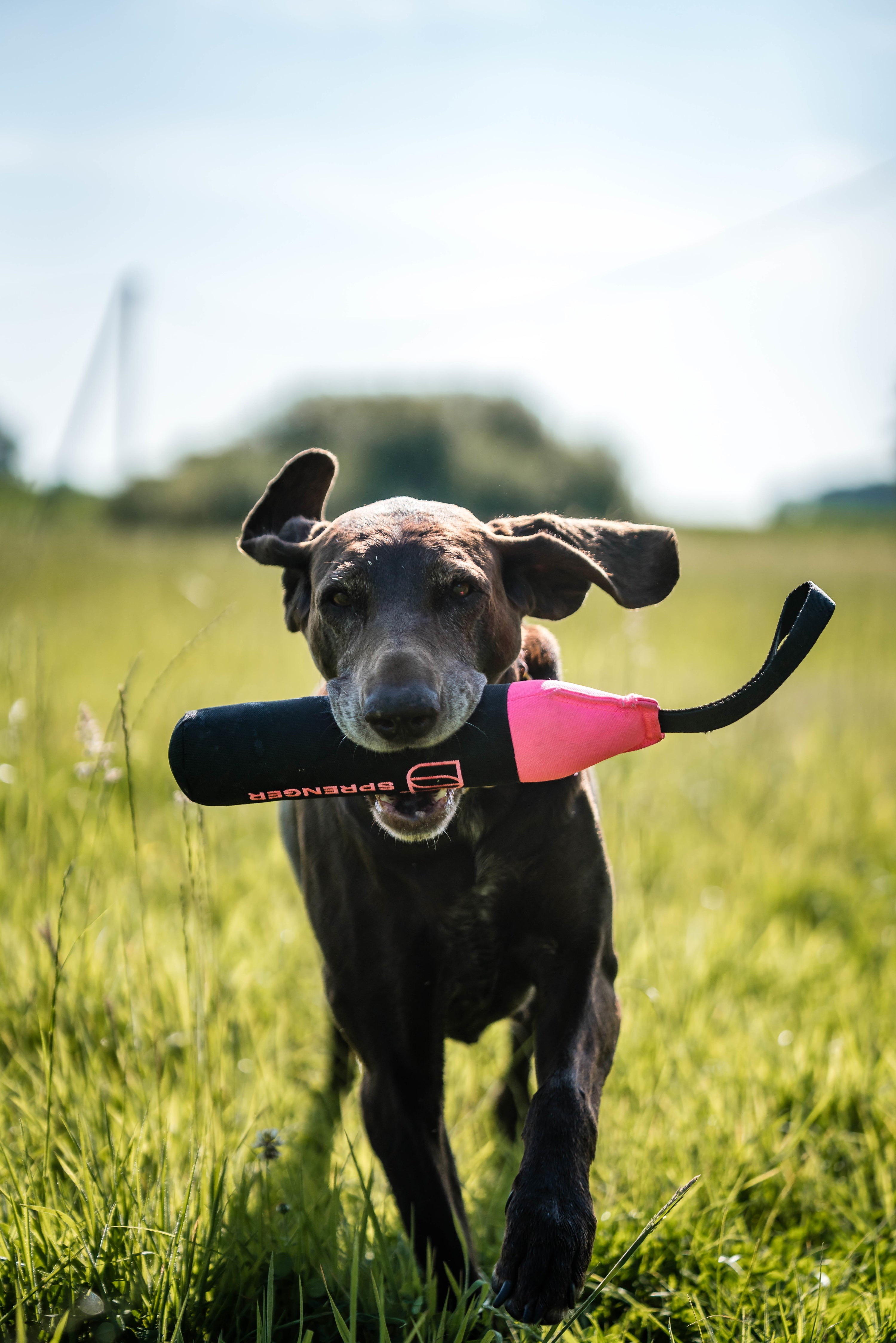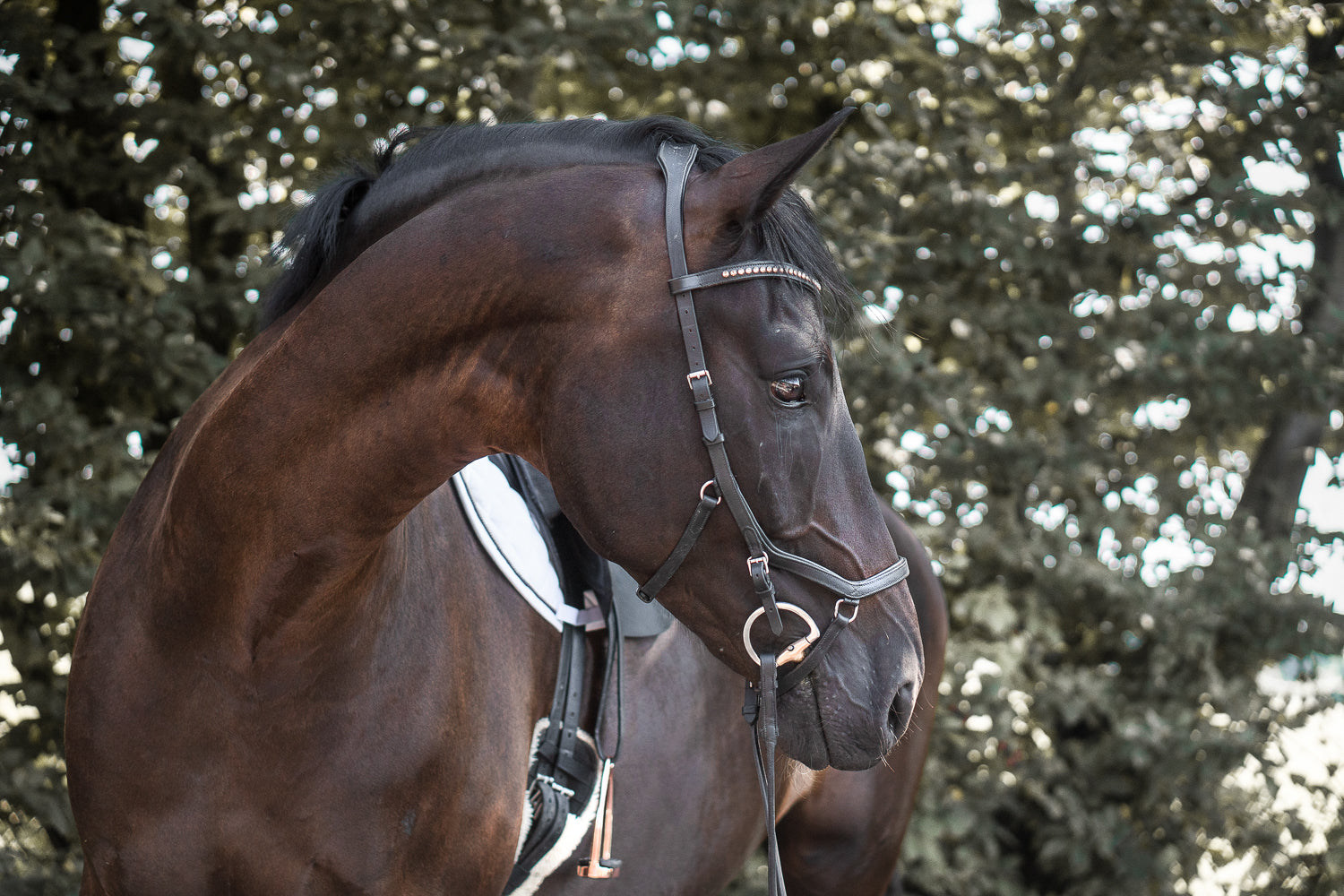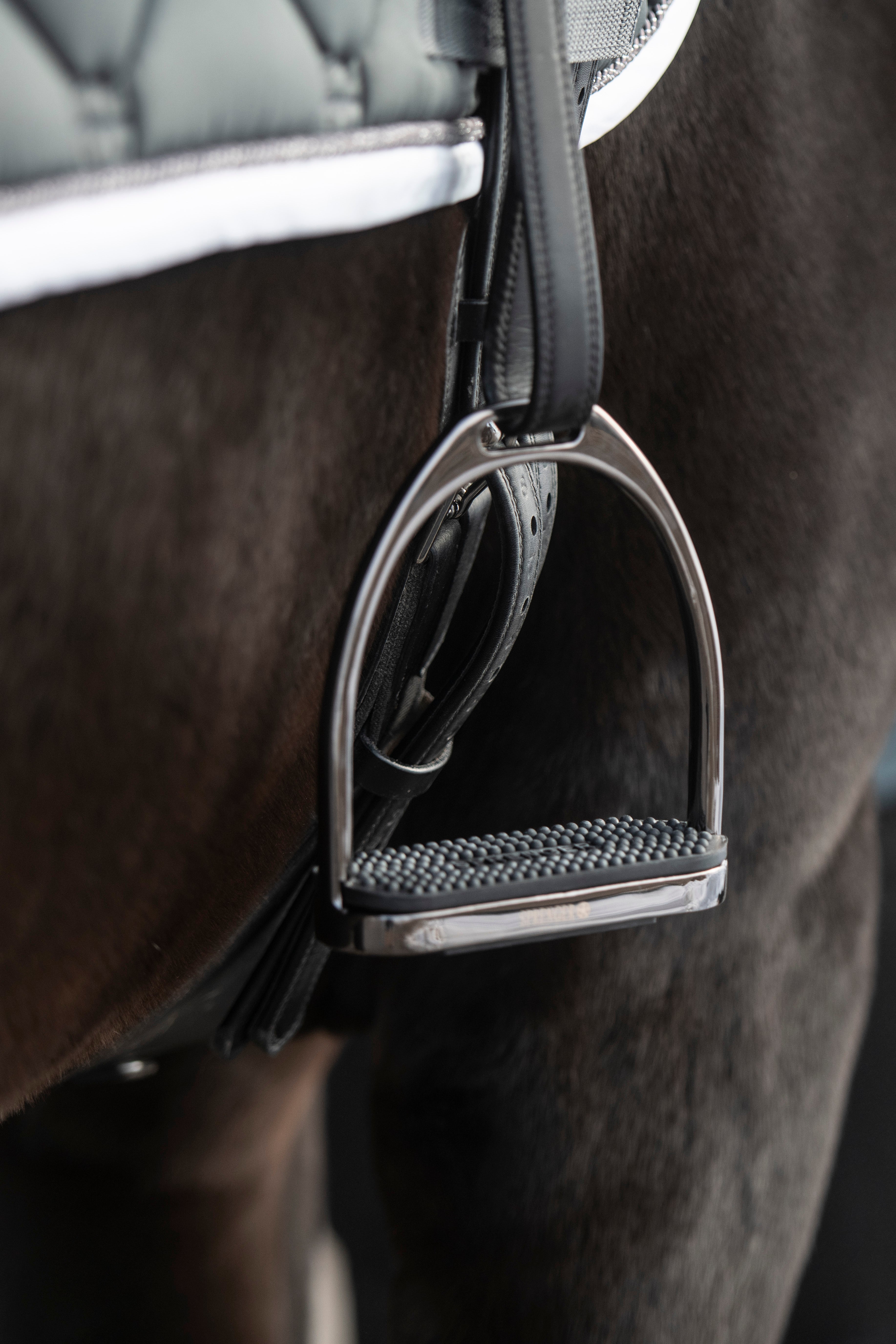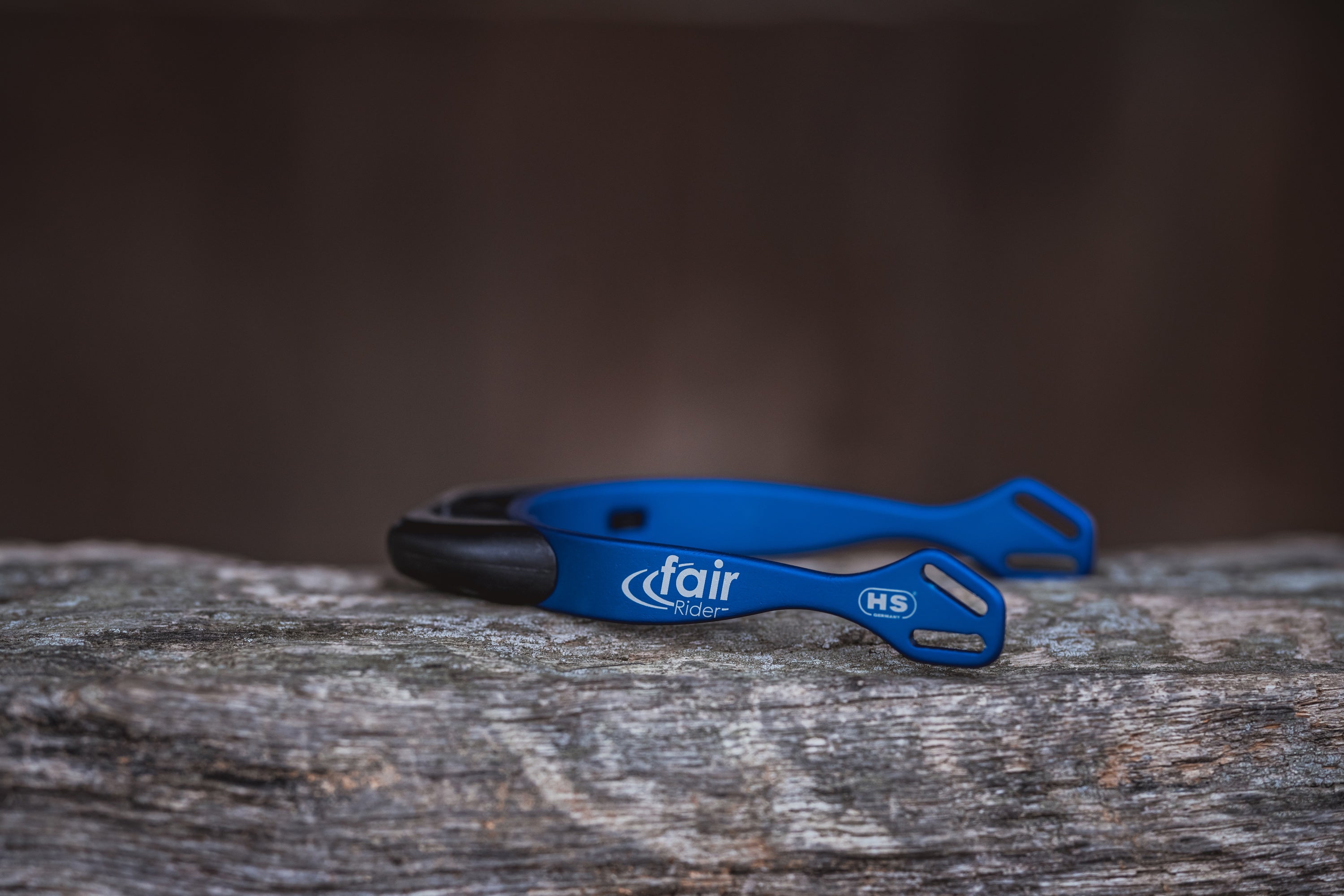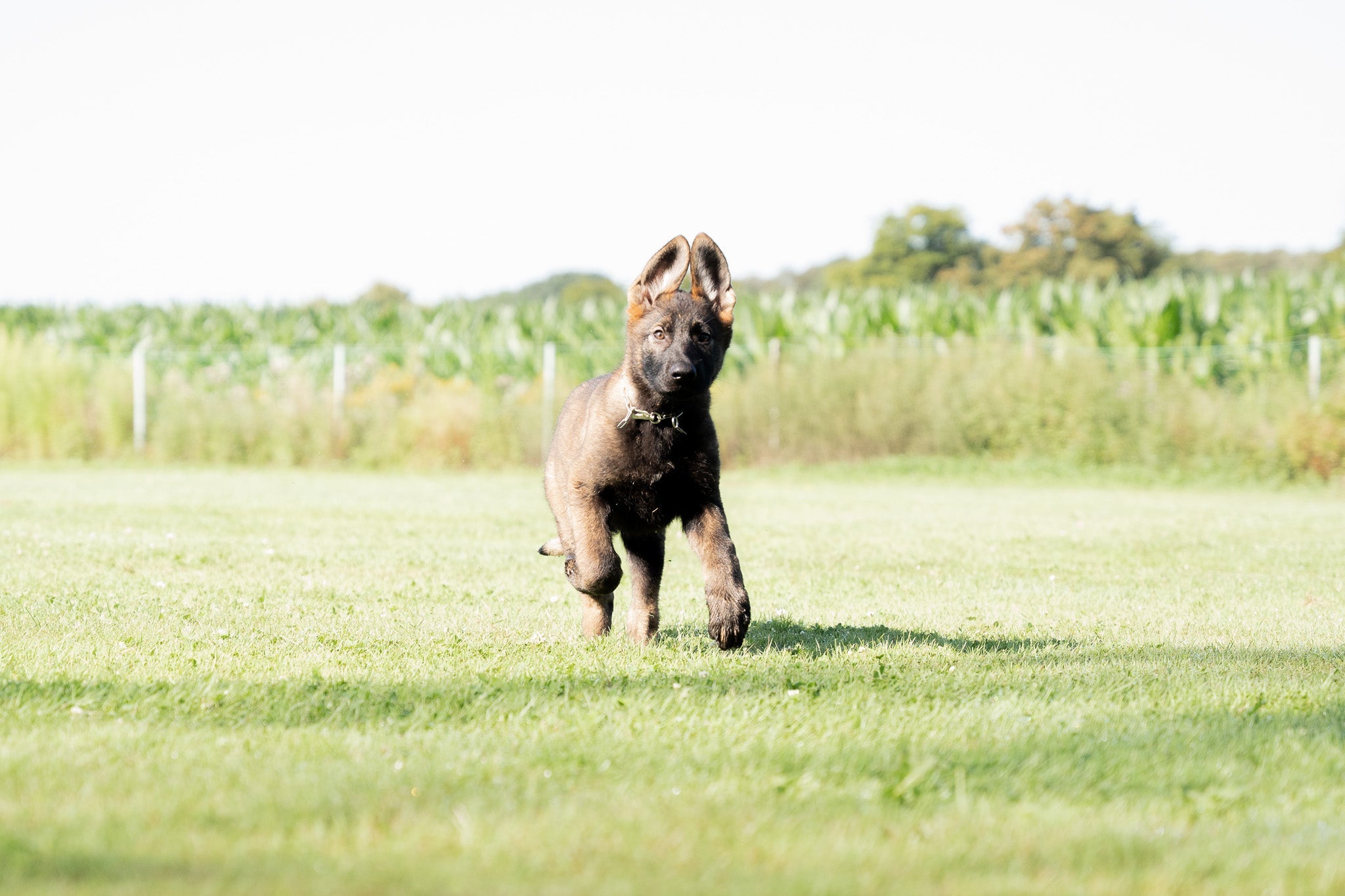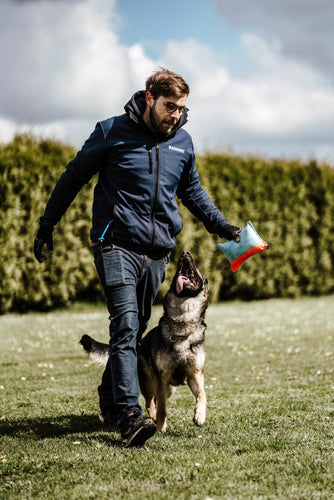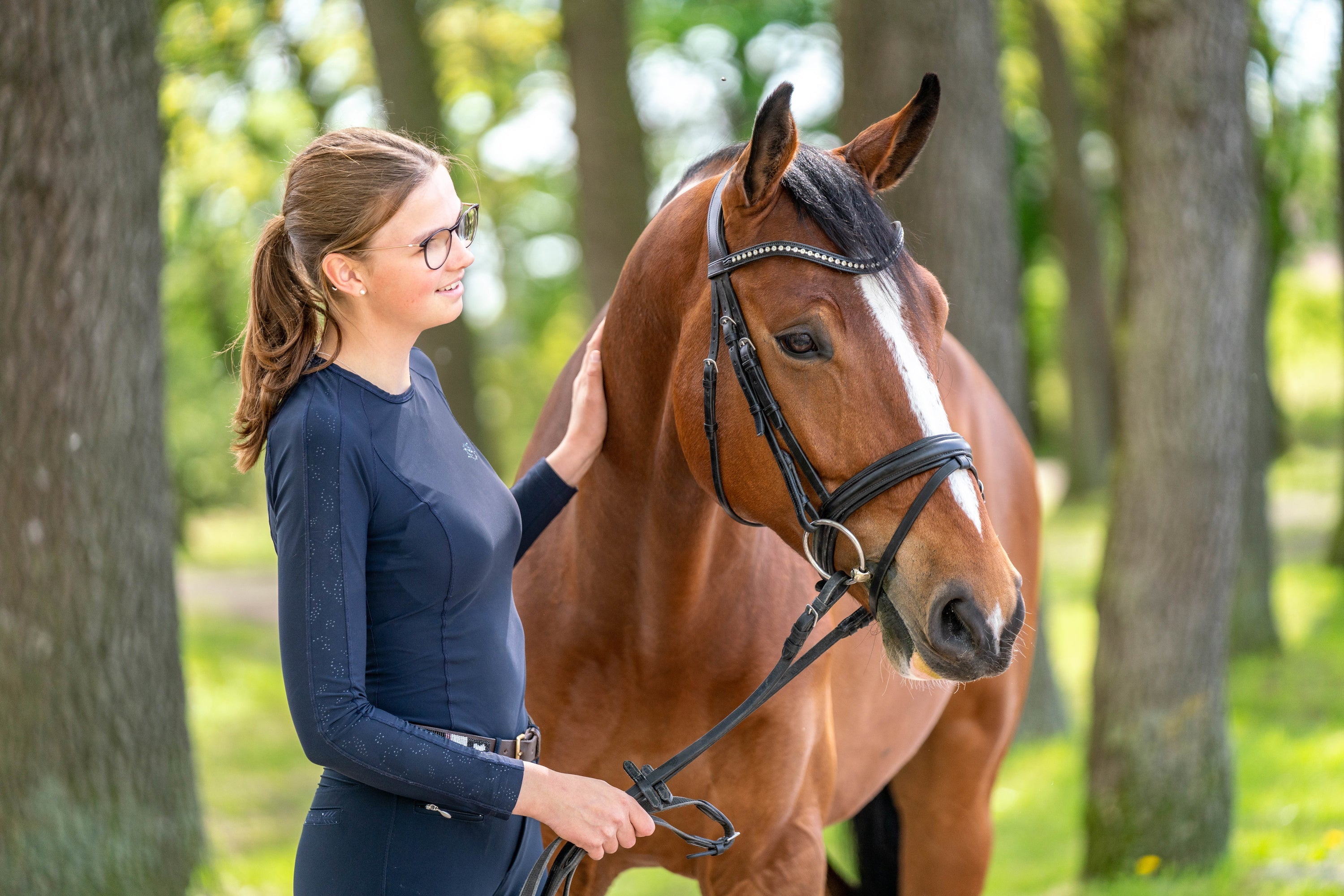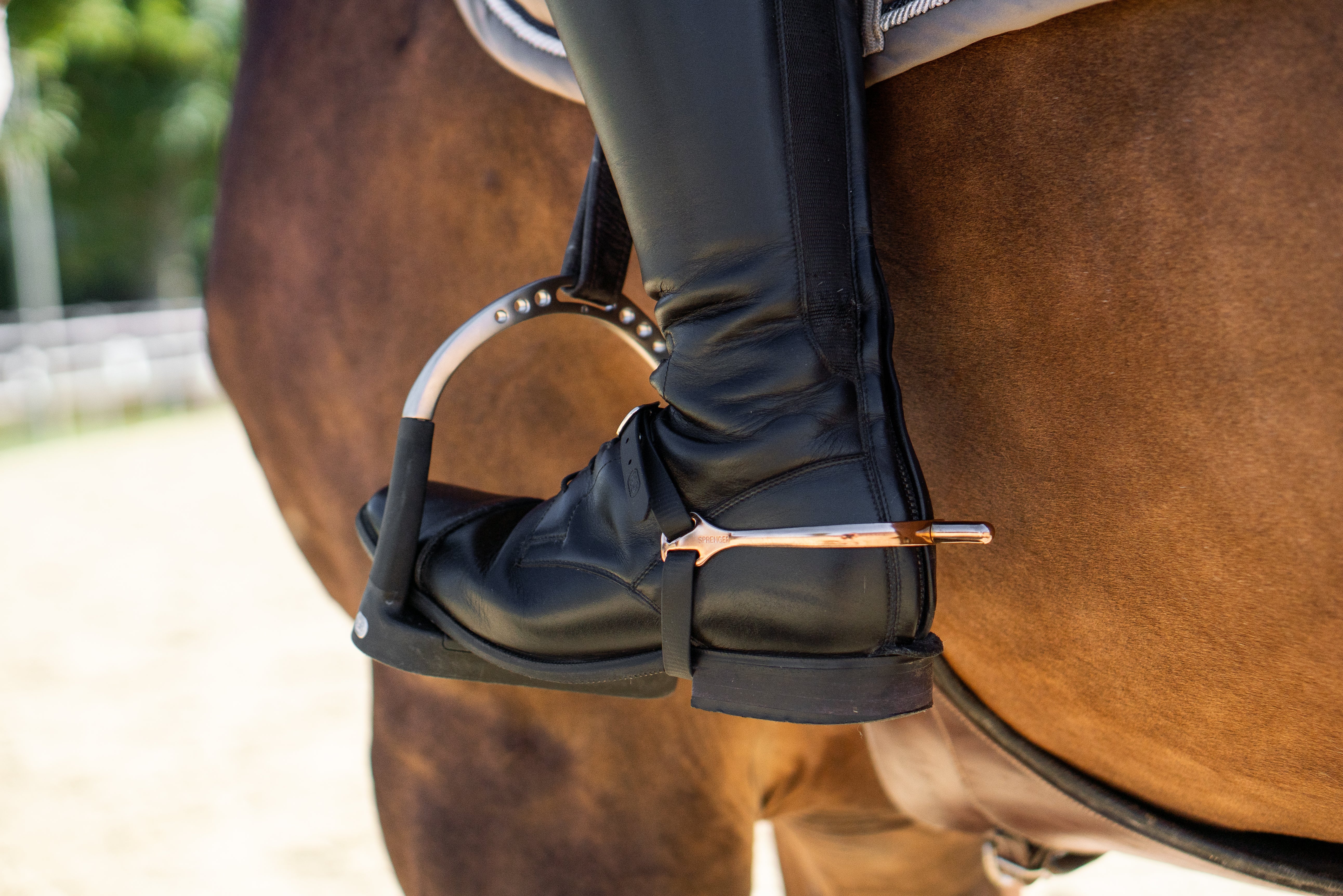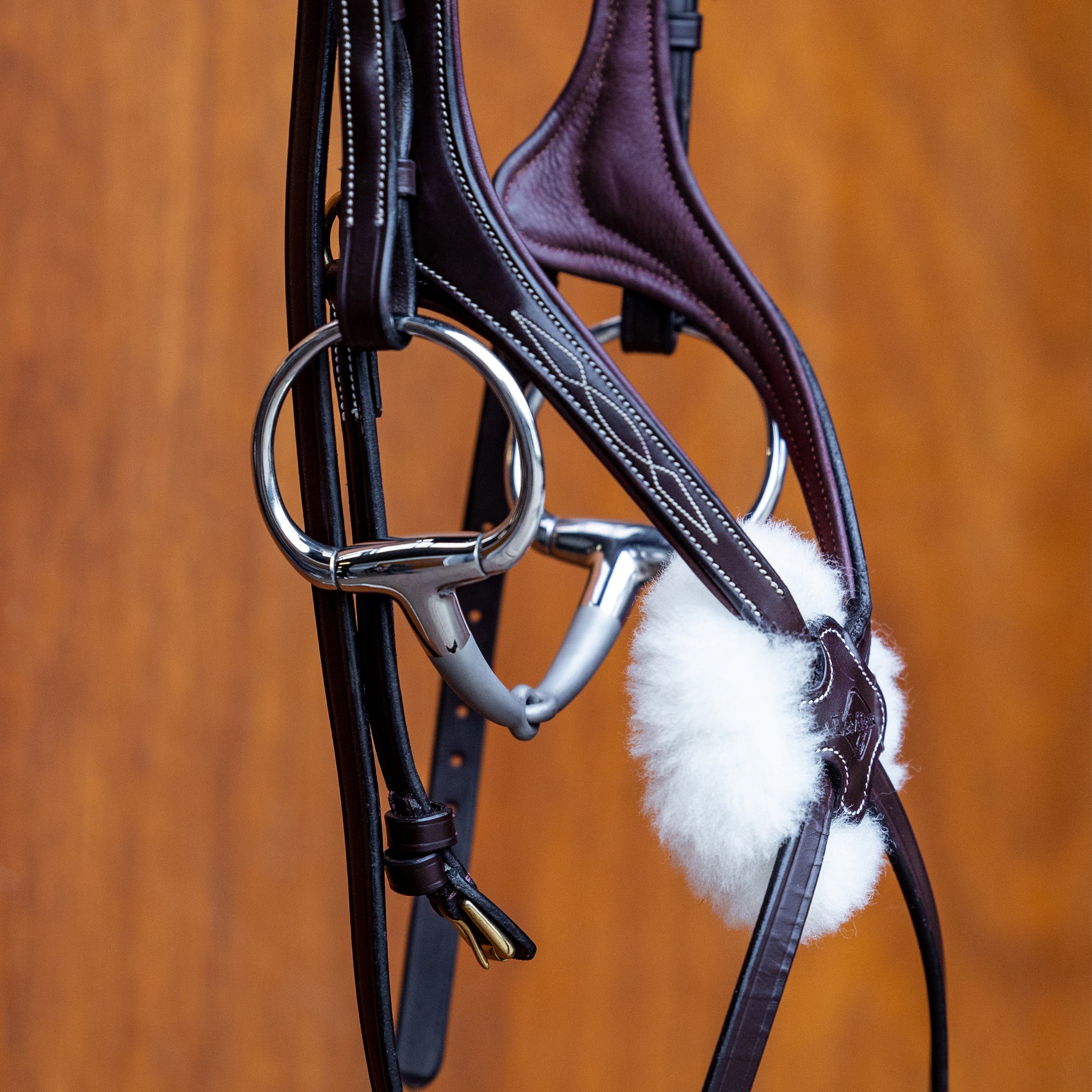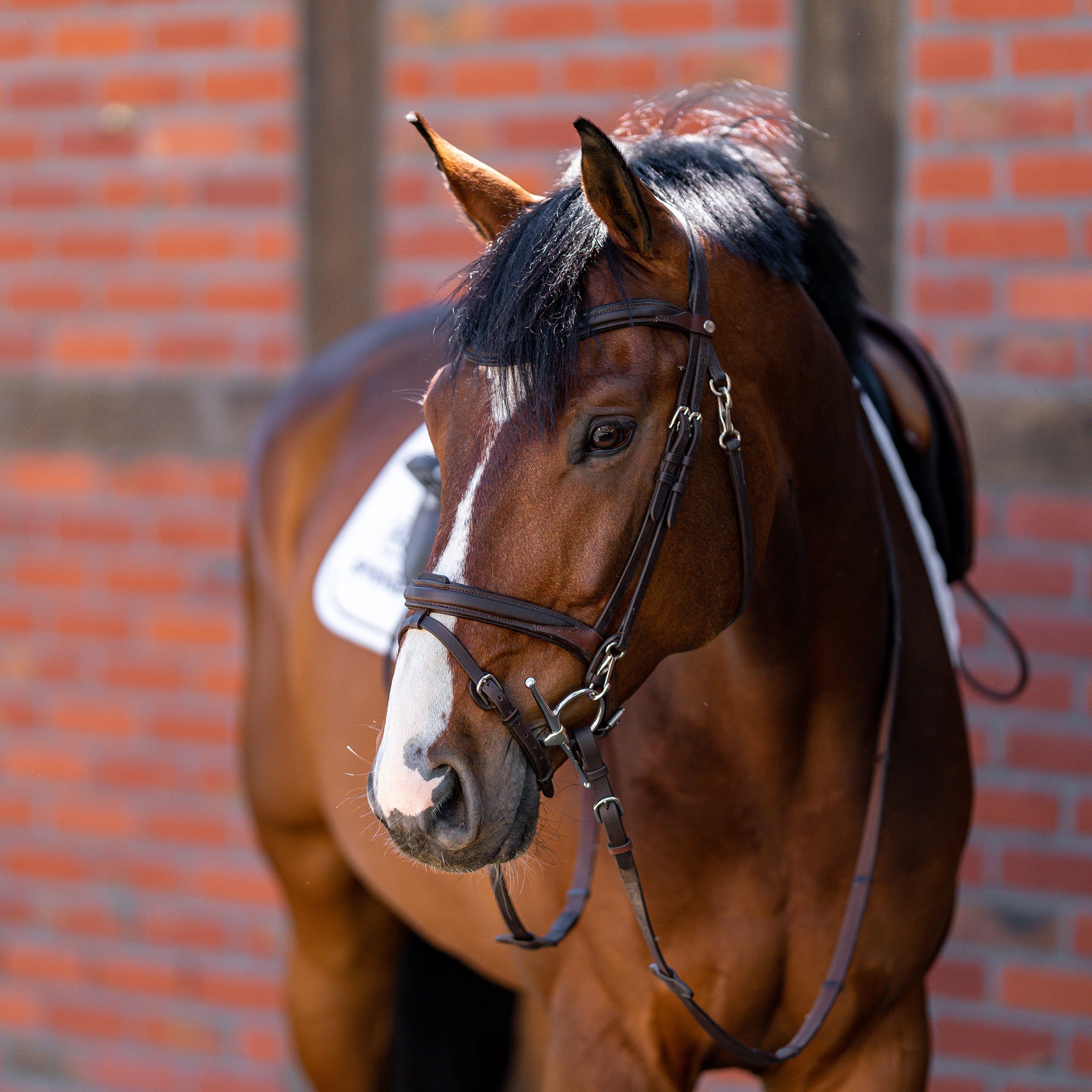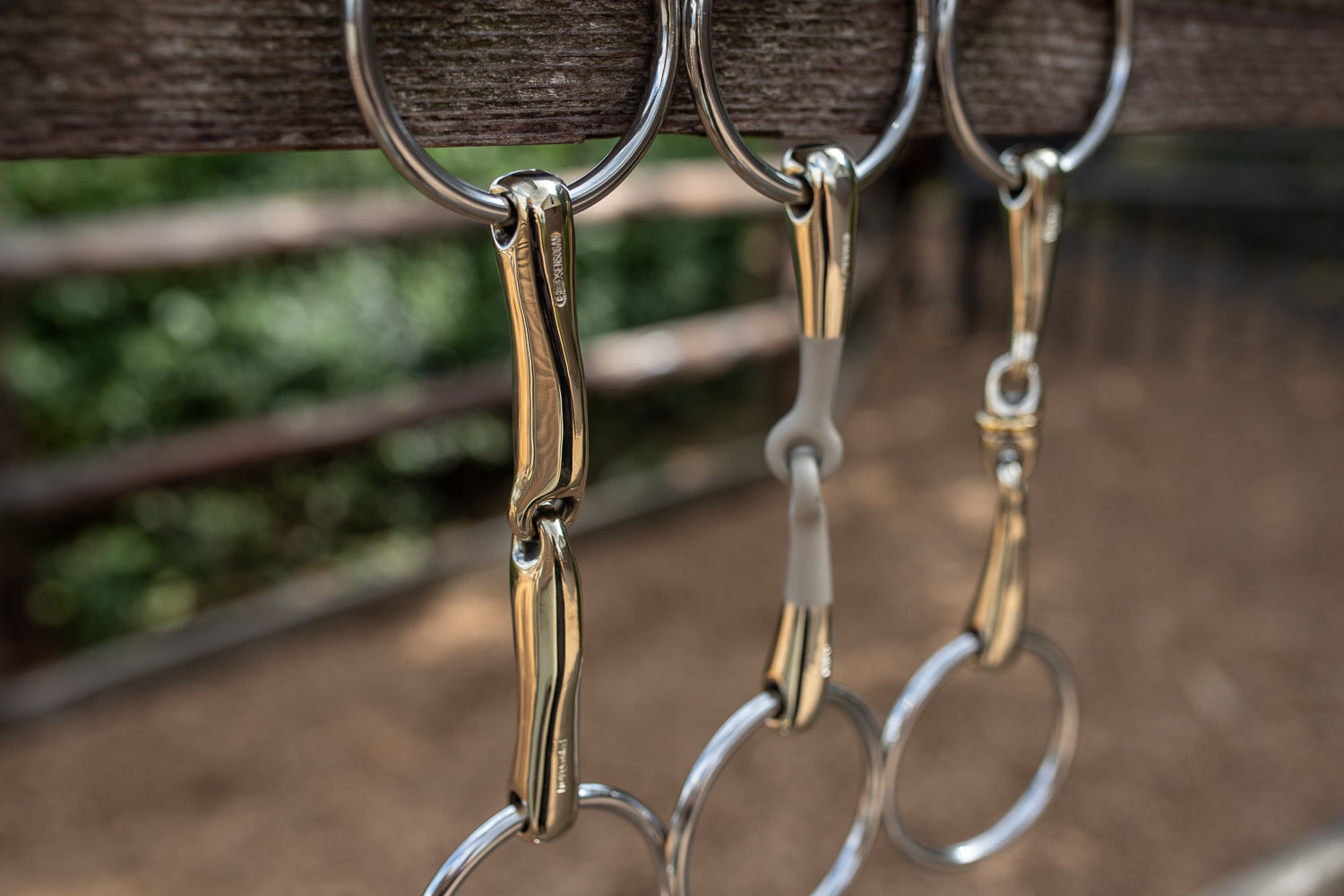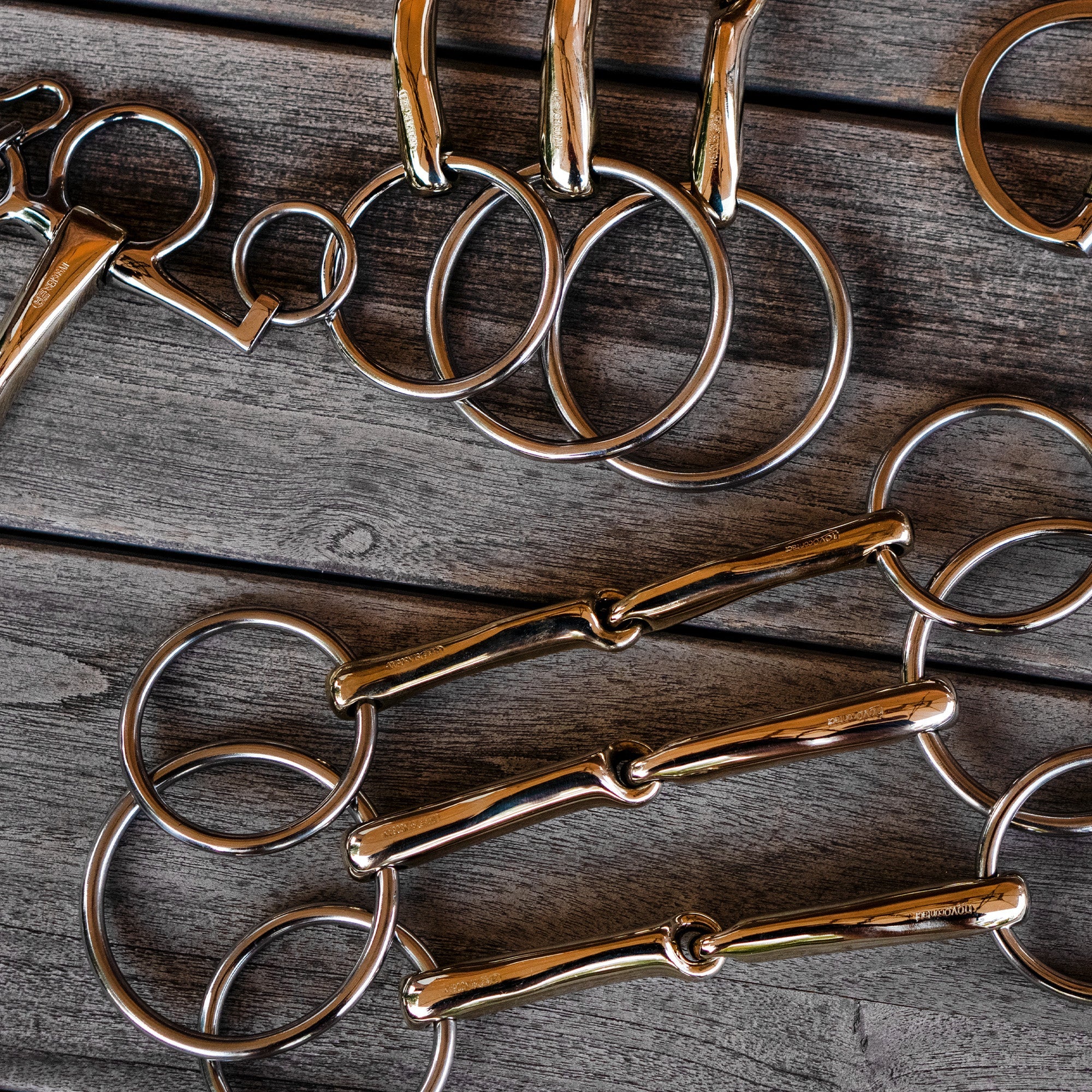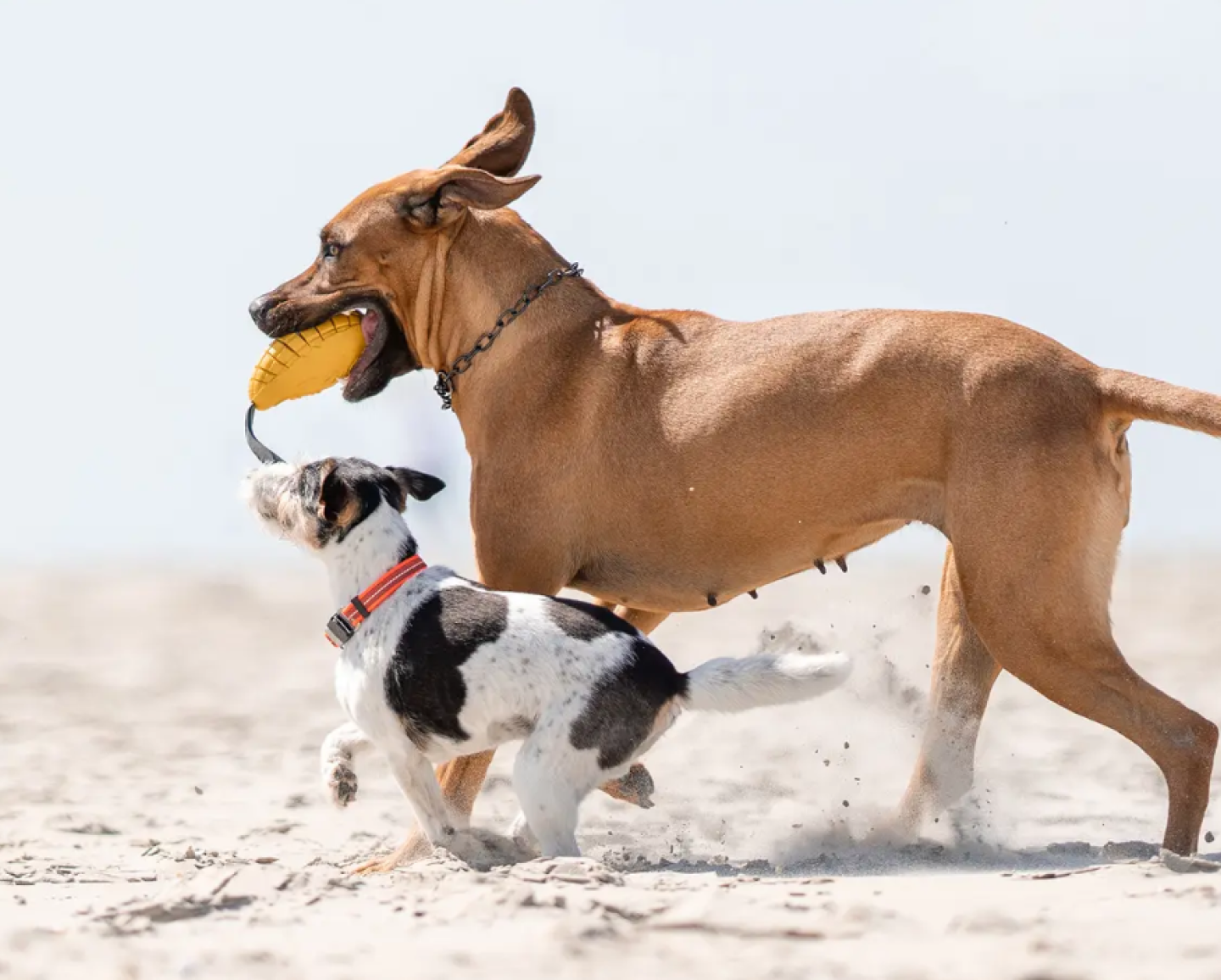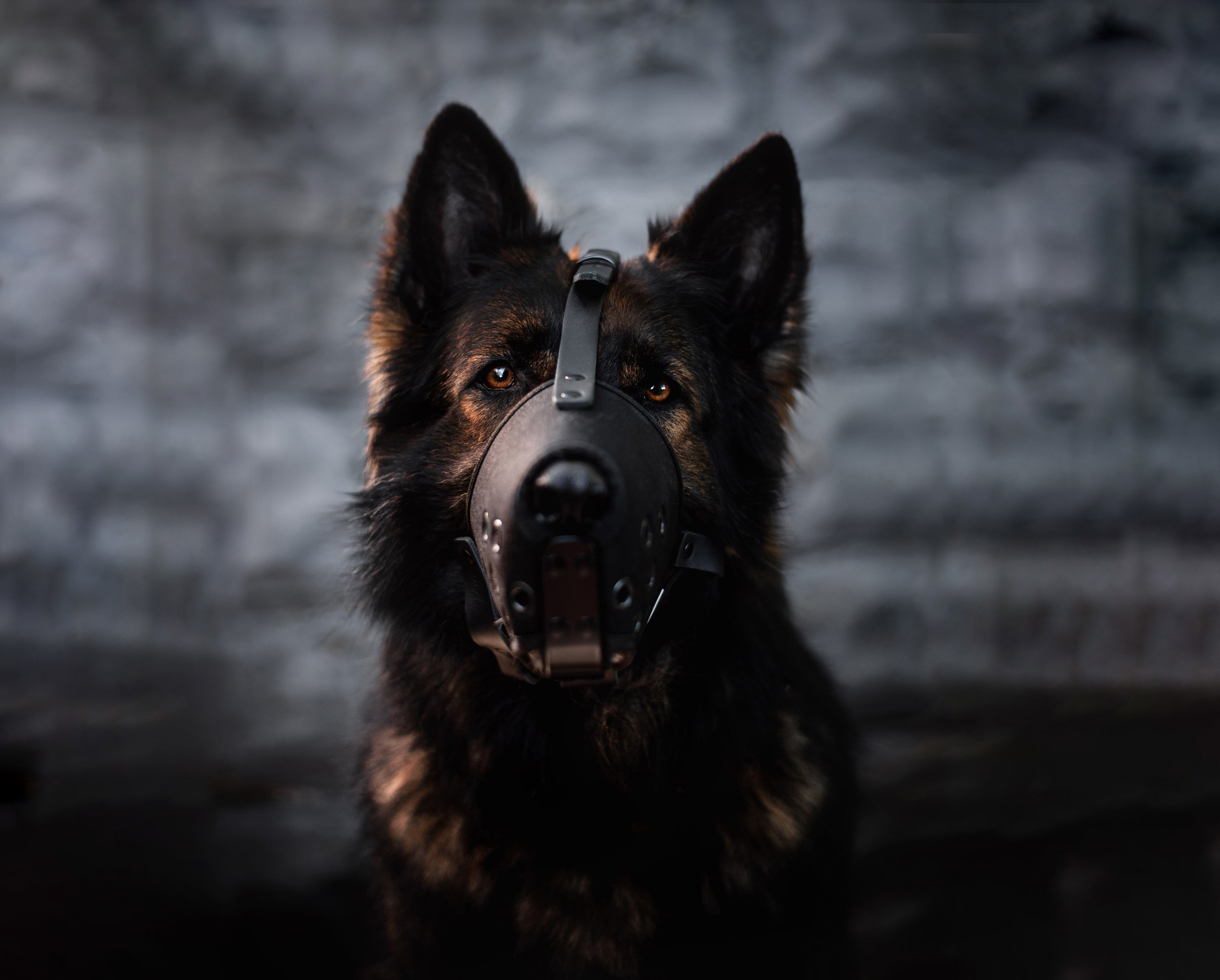
Muzzles for dogs often have a bad reputation and are associated with negative stereotypes. However, many of these perceptions are wrong or due to incorrect use.
At SPRENGER, we believe that every dog should have a suitable muzzle and be used to it - it's better to let your dog wear a muzzle once too often than once too little!
Our blog post answers all the important questions about muzzles and gives you tips on how to use them correctly and safely!
How useful is a muzzle?
As with all dog equipment, opinions differ when it comes to muzzles. While some swear by the muzzle, others equate it with cruelty to animals. The fact is, as always, there are advantages and disadvantages to muzzles!
The advantages of the muzzle include:
- Safety in stressful situations, regardless of whether the dog has previously been conspicuous or not.
- Deterrence from unwanted contact with dogs or people.
- Restriction of eating from the ground on walks and protection against poisoned bait.
- More freedom for dogs.
The disadvantages of the muzzle include:
- Possible restrictions in communication between dogs due to facial expressions.
- Restriction of the dog's own defense options.
- Potential injury/frightening of other dogs by playing with a muzzle.
When should a dog wear a muzzle?
There may come a time in every dog's life when they need to wear a muzzle. Whether due to behavioral problems and aggressive behavior, to protect against unwanted contact, at the vet, at vacation destinations where muzzling is compulsory or when travelling by bus or train.
For this reason, we recommend that all dog owners have a suitable muzzle for their dog at home and that they get used to the muzzle before needing it for the first time.
Of course, there is also a muzzle requirement depending on location and dog breed. Read on to find out more!
When does a dog have to wear a muzzle?
In addition to the leash requirement, there is also a muzzle requirement, but what exactly this looks like and which dogs are affected is a matter for the federal states in Germany. If you are traveling with your dog to another federal state, it is worth researching the rules that apply there in advance.
So-called listed dogs are particularly restricted by these potential rules and are often required to wear a muzzle.
Listed dogs in Germany must generally wear a muzzle from the age of 6 months when they are in public areas. Which places are included may vary depending on the federal state and may also include dog exercise areas.
There is no muzzle requirement for listed dogs in the federal states of Schleswig-Holstein, Thuringia, Lower Saxony, Mecklenburg-Western Pomerania and, since July 2024, Brandenburg. In these federal states, no breed lists of listed dogs are kept, but dogs are only classified as dangerous if they have already become conspicuous or show particularly aggressive behavior.
The breeds that are considered listed dogs also vary depending on the federal state. Typically, however, the following breeds and also mixed dogs containing them are considered listed dogs for which a muzzle requirement applies:
- American Staffordshire Terrier
- American Pitbull Terrier
- Bull Terrier
- Staffordshire Bull Terrier
- Rottweiler
In addition, dogs of other breeds that have already attracted attention are also subject to the muzzle requirement.
Dogs affected by the muzzle requirement that have not had any incidents can be exempted from the muzzle requirement. To do so, an exemption permit must be applied for and proof of a medical indication or a positive temperament test must be presented.
Where does my dog need a muzzle?
Many dog owners are aware that muzzles are compulsory on all public transport in Germany, such as buses and trains, for all dogs that are not in a transport box.
The reason: many people come together in a confined space, it is hectic and the dog's personal comfort distance can be unintentionally undercut. This can lead to snapping or biting incidents, even with experienced and stress-tested dogs, due to fear, fright or excessive demands. Muzzles are compulsory to prevent dogs from getting into a situation where they can fail.
For the same reasons, some federal states have also extended the muzzle requirement to heavily frequented public areas such as pedestrian zones, meeting places or public buildings.
Which muzzle is best for your dog?
The best muzzle for your dog depends on your needs, your dog's anatomy and where it will be used.
Basically, material and fit are the decisive factors when looking for the right muzzle. You can find out what you need to know about this in the following sections!
What types of muzzles are there?
Probably the biggest difference between the various muzzles is the material of the muzzle. The most common types of muzzle include:
- Metal or wire dog muzzle
- Biothane dog muzzle
- Leather dog muzzle
- Plastic dog muzzle
You also often see so-called snares. However, these are not muzzles! Even if they look less “nasty”, they are more dangerous than real muzzles, as they restrict the opening of the mouth and thus also panting, drinking and food intake enormously or even prevent it completely. On the other hand, it is often still possible for the dog to nip other dogs and people with these loops, so they do not reliably prevent biting incidents.
While muzzles made of biothane and leather score points above all for their light weight and comfort, dog owners should be aware that these models offer little or no bite prevention, as the material can be bitten through.
Wire muzzles or metal muzzles have the highest bite prevention and therefore safety. Despite their heavier weight, these muzzles are comfortable for dogs to wear as long as the right size and padding are chosen.

SPRENGER muzzle
Our SPRENGER muzzle made of Cordura is not a muzzle for everyday use!
This type of muzzle is a so-called impact muzzle or impact bite muzzle, which is used in dog sports or for working dogs.
The muzzle is made in such a way that it does not interfere with the dog's breathing and allows air to circulate easily. Saliva and drinking water residue can also run off without any problems. Cordura is very resistant, breathable and pleasantly light even when wet.
How do I find the right muzzle for my dog?
The correct size and shape of the muzzle are crucial when looking for the right muzzle for a dog. Many manufacturers offer detailed measuring instructions and size charts. In addition, there are often special muzzle models for dog breeds with special head shapes/snout shapes such as bull terriers. If you can't find anything suitable in the standard models, depending on the manufacturer, there is often the option of a custom-made muzzle according to your dog's exact measurements.
There are five basic points you should bear in mind when choosing the right muzzle:
- The muzzle's weight should rest on the bridge of the nose. The muzzle must not pinch the eyes; a distance of 0.5 - 1 cm is ideal.
- The muzzle must never rest on the nose. There should be about 1 cm of space from the tip of the nose to the muzzle.
- In the foremost area (nose) of the muzzle, the muzzle should be deep enough at the bottom to allow strong panting with the mouth wide open.
- The muzzle must not press under the mouth or at the sides into the throat/onto the larynx or windpipe.
- The muzzle should have adjustable straps in the upper neck area and across the forehead with secure fasteners. By adjusting the straps, it should be possible to adjust the muzzle so that it does not cut in, but also so that it cannot be pulled off or wobble.
If you plan to have your dog wear the muzzle for a longer period of time, it makes sense to attach appropriate padding to the bridge of the nose and, if necessary, to the sides of the muzzle.
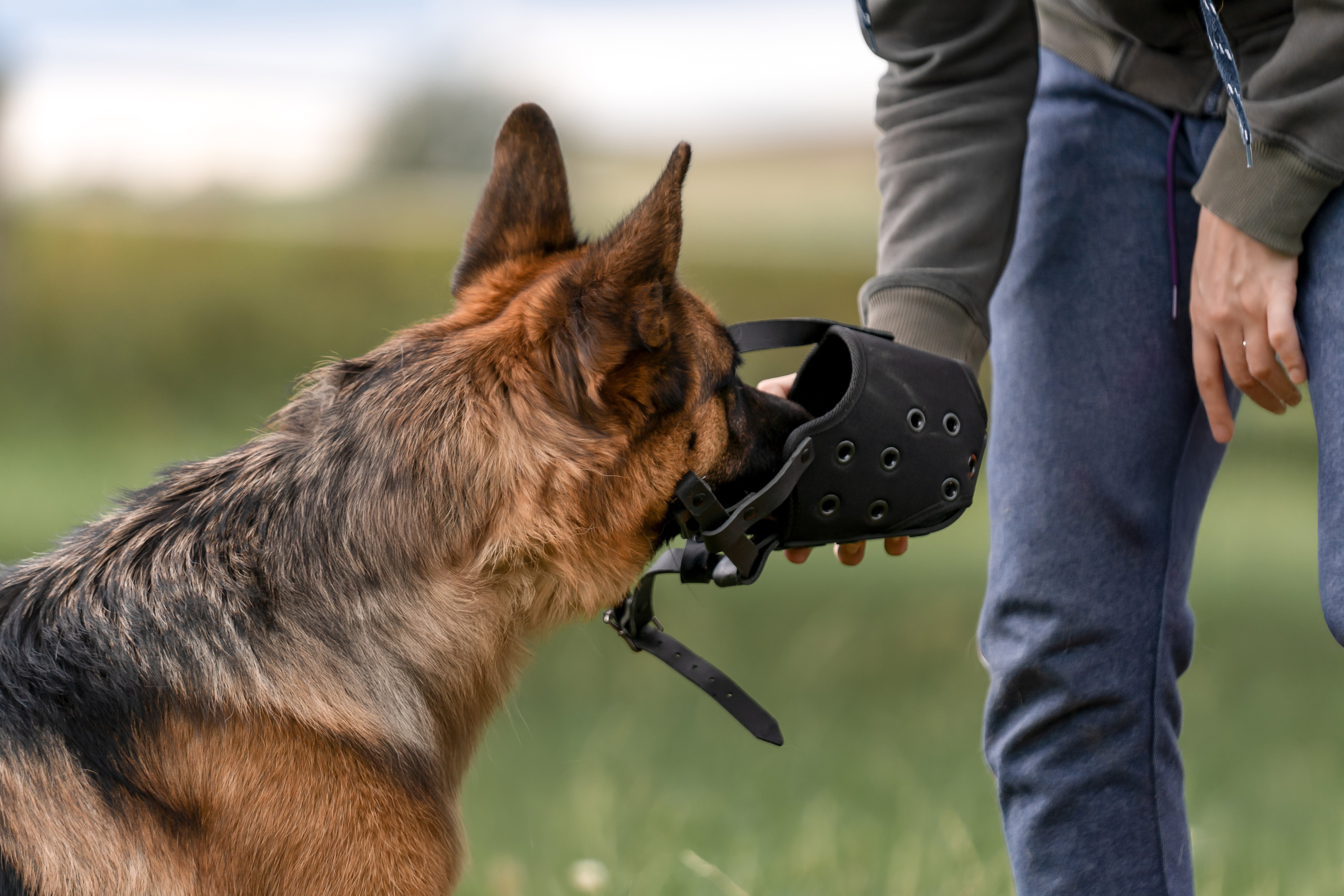
Getting your dog used to the muzzle
Muzzle training should be part of every dog's training. For many dogs, it is unfamiliar and intimidating to push their nose into a foreign object and have equipment attached to their head. If muzzle training is not carried out before the first use, for example a particularly stressful visit to the vet, in an emergency situation, the muzzle becomes negatively associated, increases the dog's stress level and makes future use even more difficult.
Muzzle training in 5 steps
We'll tell you how to get your dog used to the muzzle in 5 steps!
- Treats from the muzzle - Let your dog eat particularly tasty treats from the muzzle. Start slowly and gradually increase how far your dog has to put its snout into the muzzle. Also give plenty of verbal praise.
- Increase the duration - Increase the length of time your dog stays with its snout in the muzzle. You can achieve this by tangling the treats in the muzzle, giving them from the outside through the muzzle with a delay or coating the inside with a reward such as liverwurst, which will take your dog longer to lick off.
- Now add the straps - Next, place the straps that will later hold the muzzle around your dog's head in the same position as they should be later. It is important that they are still open and loose. You should also hold the muzzle with your other hand and continue to reward your dog.
- Without support - In the next step, you remove the supporting hand from the muzzle (especially at this point, it can be helpful to keep rewarding your dog with a reward in the muzzle). Hold the muzzle in the correct position with the straps, but do not close them yet so that you can remove the muzzle immediately if your dog panics.
- Closing the muzzle - The final step is to close the straps to secure the muzzle to the dog's head. Again, start with short periods of time and reward generously. Your goal should be that your dog can wear the muzzle for longer periods of time and can relax with it on and carry out normal activities such as drinking.
You should only move on to the next step when the previous one is safe. Start with short training sessions and don't be afraid to take another step back!
If problems arise, we advise you to contact an experienced dog trainer.
Frequently asked questions about the dog muzzle
In the following paragraphs you will find some more frequently asked questions about dog muzzles.
If your question is not answered here, please get in touch with us on social media and ask us your question!
How long can my dog wear a muzzle?
Are you worried that your dog will have to wear the muzzle for many hours when traveling or on vacation? This worry is often unfounded!
If you have chosen a well-fitting muzzle that allows your dog to pant, sniff, drink and also take treats, and have thoroughly accustomed him to the muzzle, he can wear it for longer periods of time.
The same answer also applies to questions such as “Can a dog wear a muzzle permanently?”. Especially in the case of dogs that have been or are behaviorally conspicuous, wearing a muzzle permanently, for example on all walks, can reassure the dog owner and provide security. For the dog, the muzzle is not a punishment, but can even allow more freedom!
Is a muzzle bad for the dog?
Is a muzzle bad for the dog? No!
Is a muzzle for dogs cruel to animals? No!
Does a muzzle harm the dog? No!
These and other typical concerns when it comes to muzzles can be answered in the negative. However, the prerequisite is that the muzzle is well padded and fits the dog well. This means that it gives the dog enough freedom to express its needs and communicate with other dogs, but is tight enough not to irritate the dog or even injure your own dog or other dogs.
It is also particularly important for the dog to get used to the muzzle slowly and positively so that it is not perceived as annoying or stressful.
From an animal welfare point of view, a muzzle must not pose a risk of injury to the dog or others, for example through sharp edges, a muzzle must not permanently close the dog's mouth and a muzzle must not impair air circulation around the dog's mouth. Accordingly, an animal welfare-compliant muzzle allows your dog to open its mouth wide enough to allow unhindered panting and drinking.
Will a muzzle stop a dog from eating?
Dog owners whose dogs tend to eat things off the ground on walks often ask themselves whether a muzzle can prevent them from eating things outside? The answer here is yes and no!
It all depends on the choice of muzzle. Most muzzles generally have larger gaps to allow good air circulation and drinking and to keep the weight down. If you want to use a muzzle not as protection against biting incidents, but as protection against poisoned bait, for example, you have the following options:
With biothane or leather muzzles, for example, make sure that the straps are tight enough at the front so that no food can be picked up, but that there is enough air circulation through the sides.
Wire muzzles can often be retrofitted with poison bait protection. These are either worn under the muzzle or attached to the front of the muzzle.



